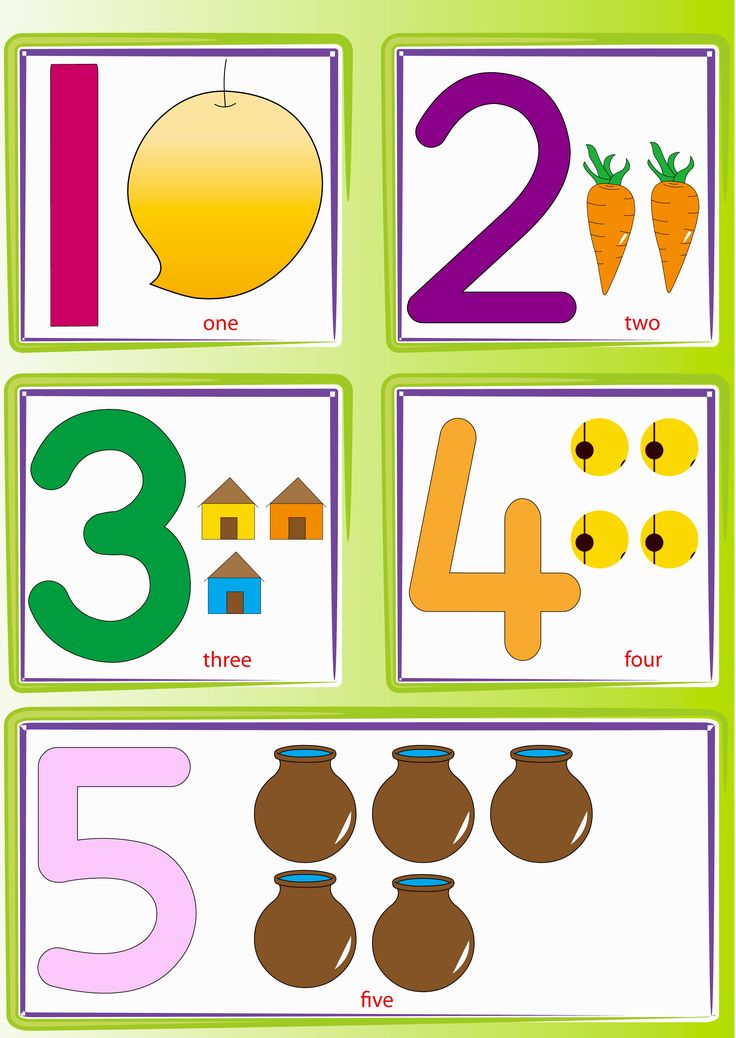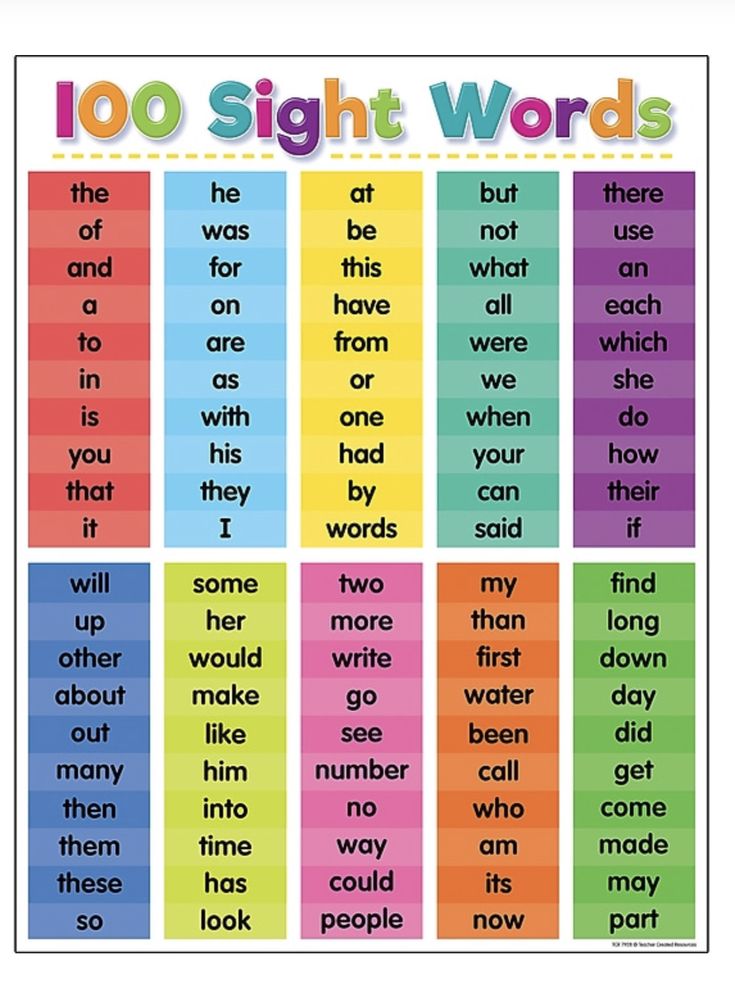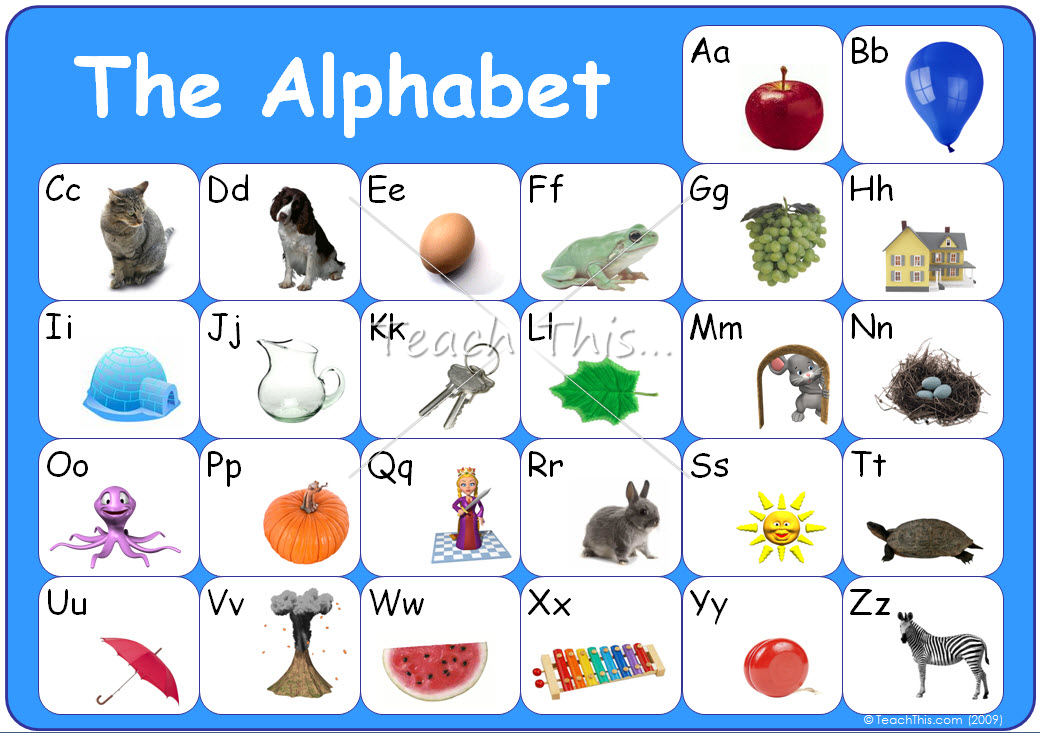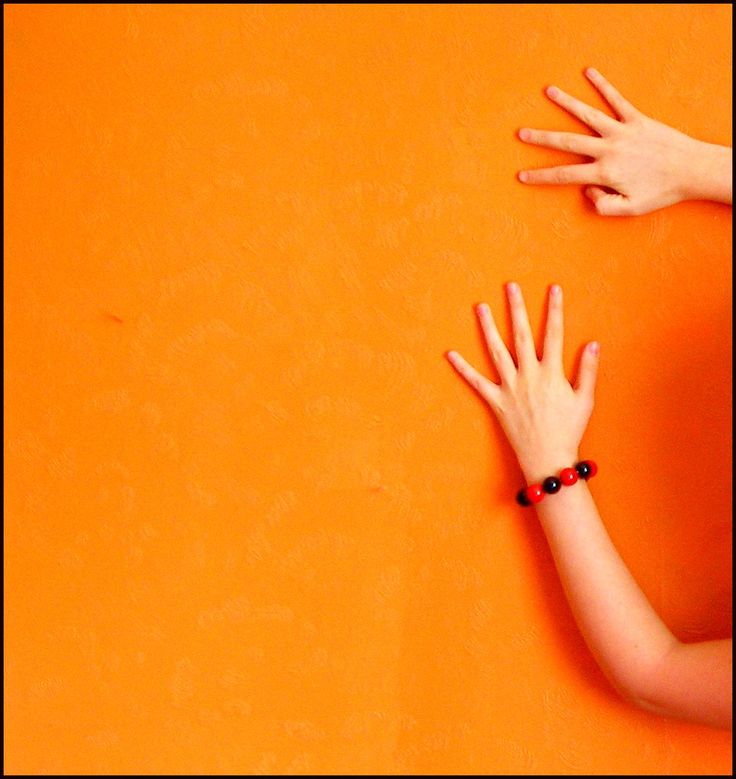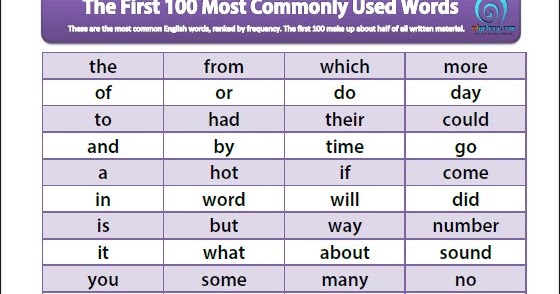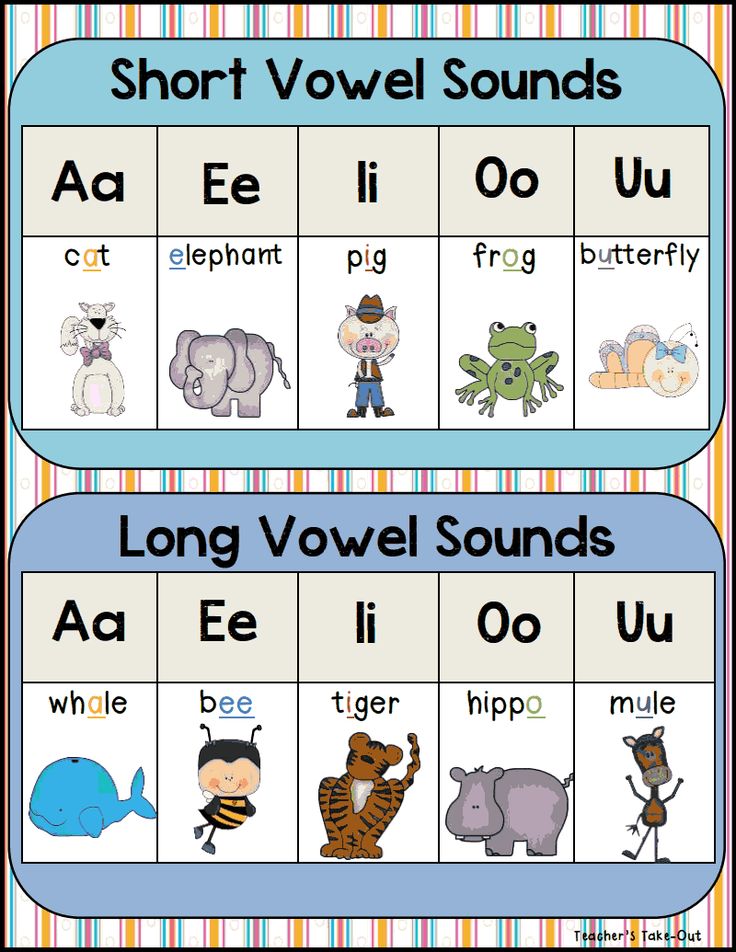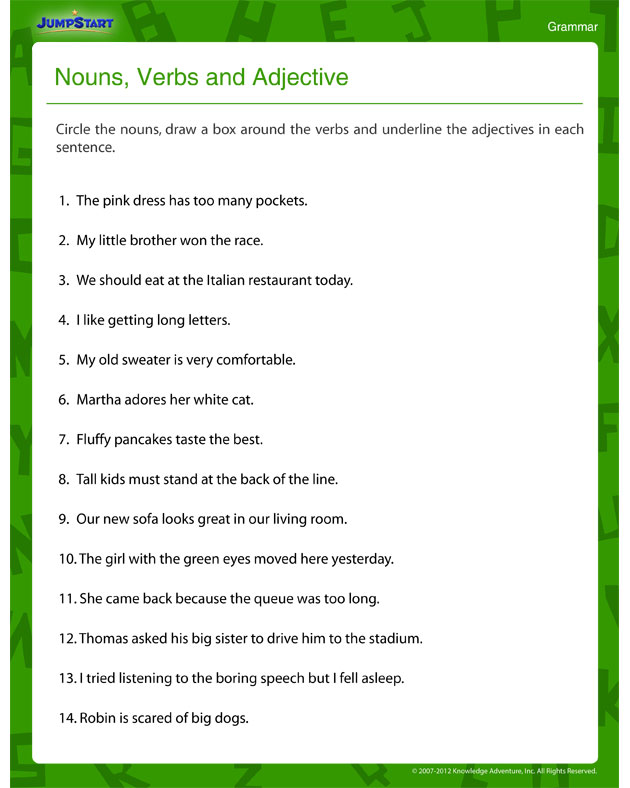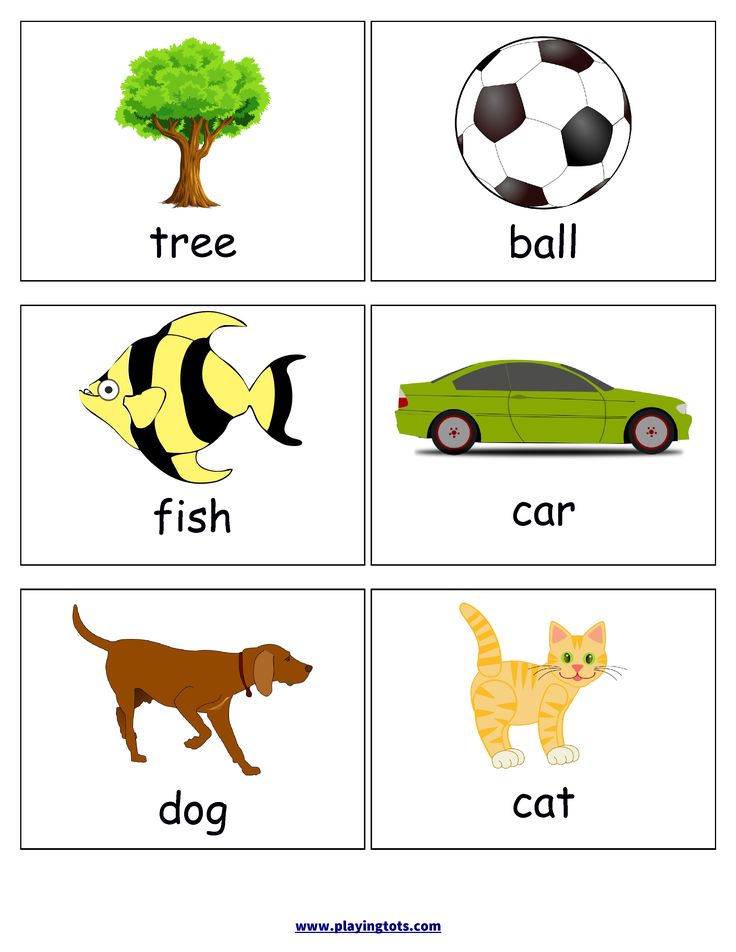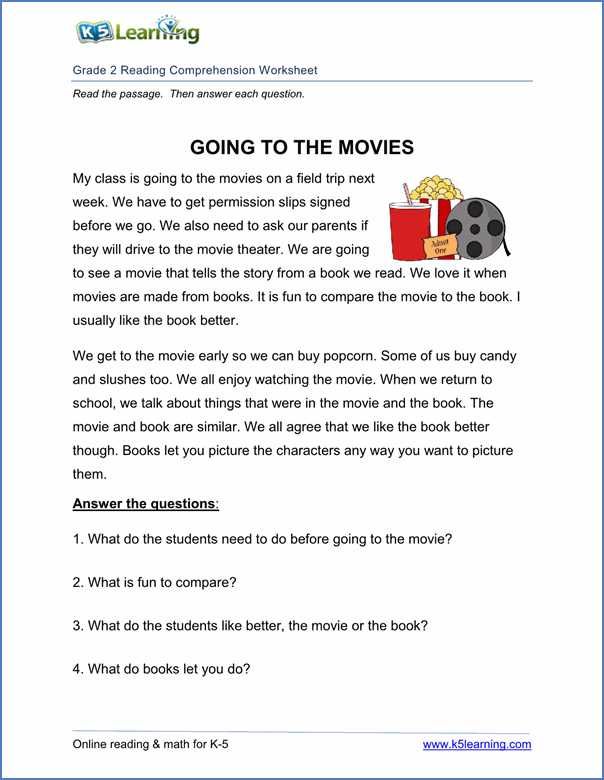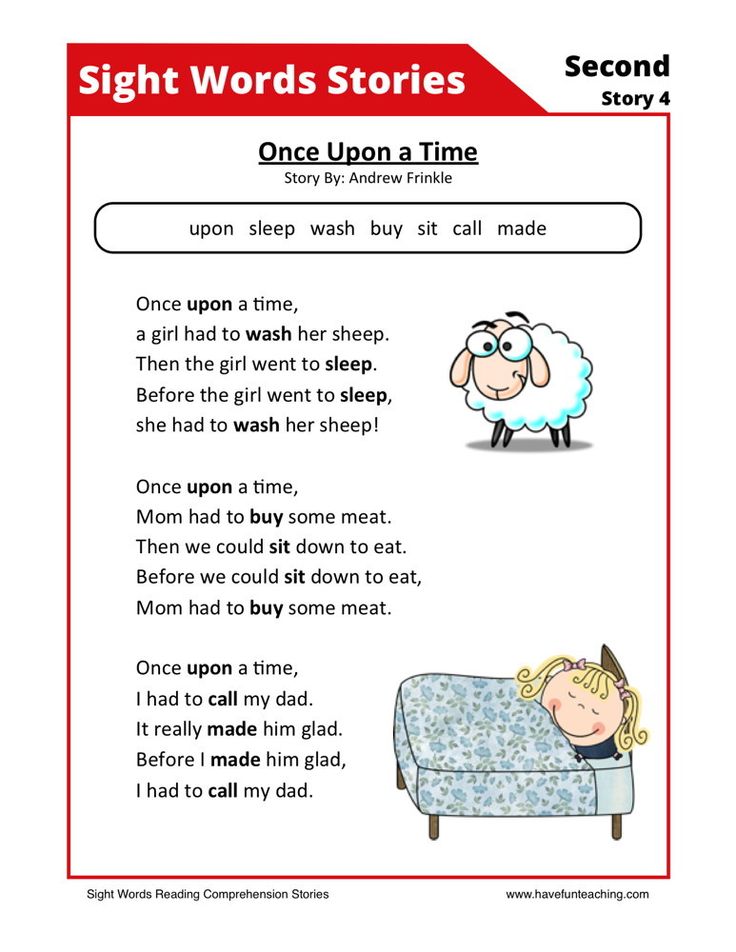Number recognition for toddlers
15 Number Recognition and Counting Activities for Preschoolers
As a parent or a pre-school teacher, one of the most important skills that you would want to impart to preschool kids is to make them understand numbers and how to count. Learning numbers for toddlers can be a fun activity using games rather than something that is taught by means of rote learning.
Here are some fun and engaging number games for preschoolers that can be easily played and does a great work at making kids grasp numbers.
1. Connect the Dots
Connect the dots is one of the most fun and fastest ways of helping toddlers understand how numbers are sequenced. Connect the dots is an interesting puzzle where kids can connect dots which are numbered in ascending fashion (dot numbered 1 to 2, 2 to 3, and so on). Once completed, the dots create a picture which kids can colour later.
What you need:
You can get connect the dots puzzles in daily newspapers. There is also an option of downloading existing templates from the internet and getting them printed or you can make your own puzzle using some pen and paper.
How to do:
Mark the dots with the numbers marked over them sequentially, which forms an outline of a simple shape or a closed figure when completed. Ask the kid to connect the dots using a pencil starting sequentially from the dot numbered 1 and moving ahead to bigger numbers to complete the figure using lines to join the dots between two numbers.
2. Painting Using Numbers
In this fun and informative game, preschoolers are made to colour according to colour schemes that are coded with fixed numbers. Children are supposed to colour the picture according to the colouring code that they receive with the sketch. This game not only teaches the child to understand numbers but also to associate them with a specific colour.
What you need:
You can easily get online templates for colouring which can be directly printed out to use for this activity. You can also create your own sketches by creating a colour code using a sheet of paper, a black sketch pen, or a marker, and a box of colouring pens, pencils or crayons.
How to do:
Make your own sketch with colouring scheme made on top as to what number should be coloured with which colour. Add numbers accordingly to the sketch that you made. Ask the kid to paint the sketch according to the colours corresponding to the numbers in the figure. This activity not only helps the child with understanding numerals but also in relating to corresponding colours.
3. Abacus
An abacus is an educational toy that has been in use for thousands of years and was a predecessor to out modern-day calculator for counting things. It consists of movable beads on wires fixed to a stationary wooden or bamboo frame. An abacus can be used for learning higher arithmetic operations and it also strengthens the child’s counting skills.
What you need:
An abacus can be bought online or picked up at any educational or recreational toy store.
How to use it:
Ask the child to count the number of things in the house, like windows or chairs by recording it on the abacus.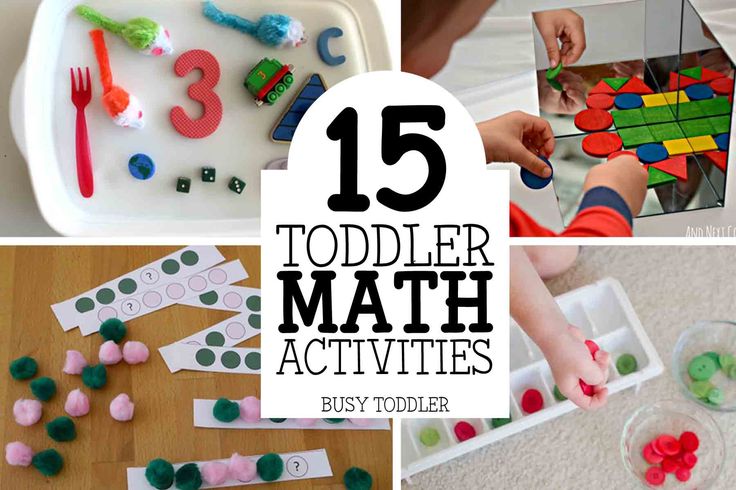 The child can do this by moving the number of beads on the abacus corresponding to the number of things being counted in the exercise. This strengthens a child’s number recognition ability and improves his counting skills.
The child can do this by moving the number of beads on the abacus corresponding to the number of things being counted in the exercise. This strengthens a child’s number recognition ability and improves his counting skills.
4. Number Treasure Hunt
Children love treasure hunts! This is one of those number games for children that satiates their inquisitive and adventurous spirit and helps them learn as well. Creating a treasure hunt with numbers, where the kids have to collect numbers by exploring different places ensures that the children recognize numbers and do it in an engaging and enjoyable way.
What you need:
You will need sheets of paper that can be cut into small cards, a pair of scissors, a double-sided tape, a pen or pencil, a marker and a place to carry out the treasure hunt.
How to do:
You can cut the sheets of paper into smaller cards, on which numbers need to be written down and stuck in different places at the location where the activity is being carried out. Ask the child to explore the place and find as many numbers as possible in the time allotted.
Ask the child to explore the place and find as many numbers as possible in the time allotted.
5.Tracing Numbers Using Terracotta
This activity focuses on using the clay to trace numbers on paper. This is educational as well as recreational for the children. They learn how to write numbers, apart from reading and recognizing numbers in a fun and easy way.
What you need:
A standard packet of play dough or clay, sheets of paper, and a pencil or pen.
How to do:
Trace the outline of the numbers on the sheets of paper. Now hand out the sheets of paper to the children along with instructions to fill the outlines with clay and recite the number that was traced along with the activity.
6. Counting Cars of Different Colours
A road-trip is incomplete without car games, be it I-spy or just singing songs. Make your road-trip with children fun and informative with counting game. The objective of the game is to count the number of cars of a specific colour that you pass by.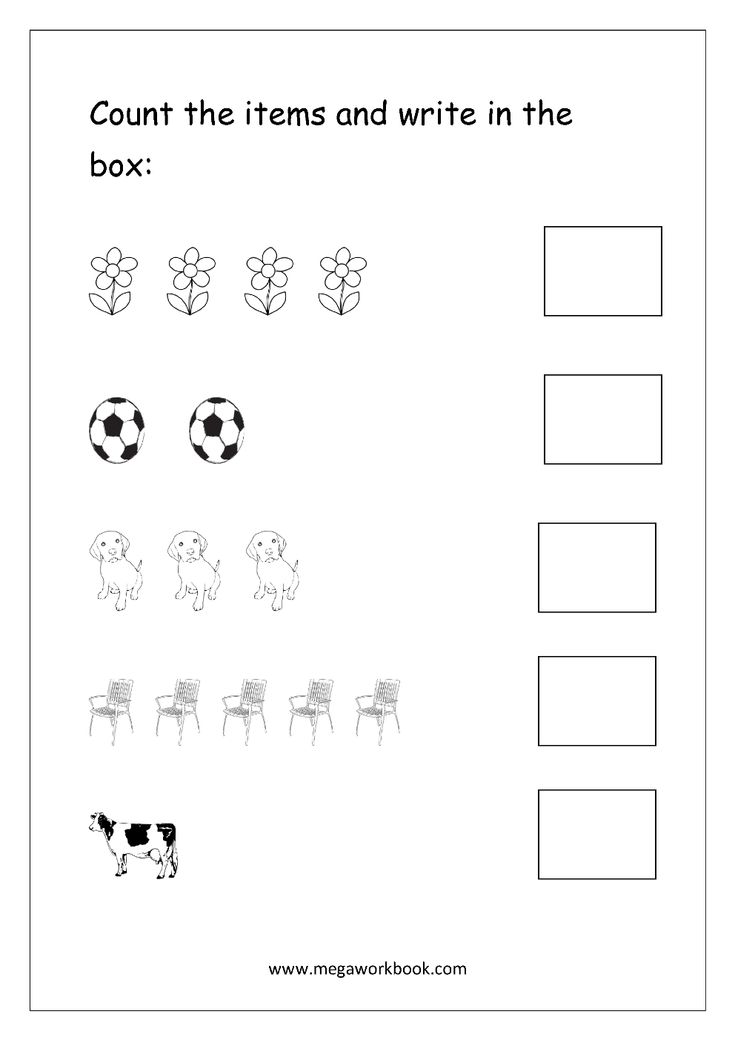
What you need:
All you need is time and will to play the game during the journey.
How to do:
You can do this activity by choosing an uncommon colour for cars, like green or sky blue, or red. Then you can tell the child to keep his eyes out on the road for counting the number of cars of the same colour you pass by. This activity will boost colour as well as number recognition in your child and prepare him well for preschool.
7. Maze of Numbers
Create a puzzle in the form of a maze of numbers. It will help children in understanding the sequence of progression of numbers effectively. While doing this activity, children can start from the point numbered as 1 and keep following the numbers in sequence to complete the maze.
What you need:
A place to create the maze, some sheets of paper and a marker.
How to do:
Mark the different checkpoints in the maze with numbers starting from 1. Ask the kid to start at point number 1 and move ahead in sequence to reach the end of the maze by sticking to the sequence. This helps the child understand the sequence of numbers and effectively comprehend and apply it in a real-life situation.
Ask the kid to start at point number 1 and move ahead in sequence to reach the end of the maze by sticking to the sequence. This helps the child understand the sequence of numbers and effectively comprehend and apply it in a real-life situation.
8. Counting Using Styrofoam Cups
This activity can be carried out using multiple styrofoam cups wherein the kids can be asked to count and sort different varieties of products. This activity can improve a child’s counting as well as shape recognition and sorting skills.
What you need:
4 to 5 Styrofoam cups and different items like toffees, erasers, blocks and marbles in different quantities. You would also need a pen or a sketch pen to mark the cups as well.
How to do:
Mark the cups starting from 1 to 5. Arrange items in quantity as per to the numbers on the cups, for example, 1 toffee, 2 blocks, 3 erasers, 4 marbles and so on. Give the mixture to the child and ask them to sort the different items first.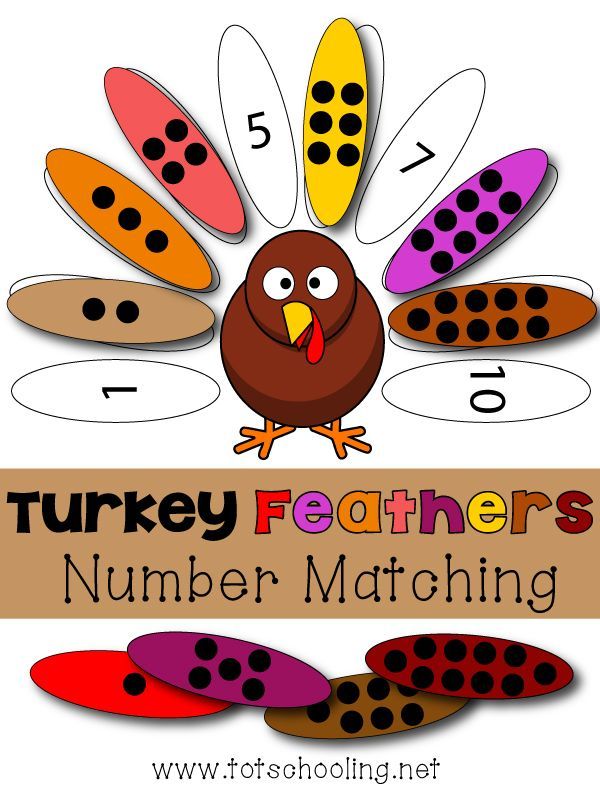 Then ask them to count the different items separately and drop them in the styrofoam cups with the numbers as per the quantity of the respective item. This is one of the most powerful counting activities for preschoolers as it teaches them to count and recognize the number corresponding to the counted quantity, apart from also teaching them effective sorting skills.
Then ask them to count the different items separately and drop them in the styrofoam cups with the numbers as per the quantity of the respective item. This is one of the most powerful counting activities for preschoolers as it teaches them to count and recognize the number corresponding to the counted quantity, apart from also teaching them effective sorting skills.
9. Counting Dice
Dice are very simple toys used in board games for children. A die has six faces, each with a different number of dots from 1 to 6. Dice can be used as powerful educational tools to teach kids how to count and recognize numbers effectively.
What you need:
You can carry out this activity with children using just a pair of dice.
How to do:
Roll a pair of dice on a table with kids and ask them to count the number of dots on both the dice separately and cumulatively to make the child adept at counting and adding numbers.
10. Matching Playing Cards
This is a fun exercise where you can ask kids to match the face value of one card with the face value of another card. This can help the child in relating and equating same numbers by counting as well as by understanding the way of writing the numerals.
What you need:
You can carry out this activity with a standard deck of playing cards.
How to do:
Ask the child to pick a card from the deck (make sure that it is a number card and not a face card). Next, you can ask her or him to find the cards equal in face value to the card selected by the child. You can repeat the same with other numerals.
11. Counting Flower Petals
This activity makes the kids go out into nature and enjoy its beauty in addition to teaching them how to count effectively in a fun manner.
What you need:
A flower with many petals.
How to do:
Take the children to a nice blossoming garden with multiple blooming flower beds.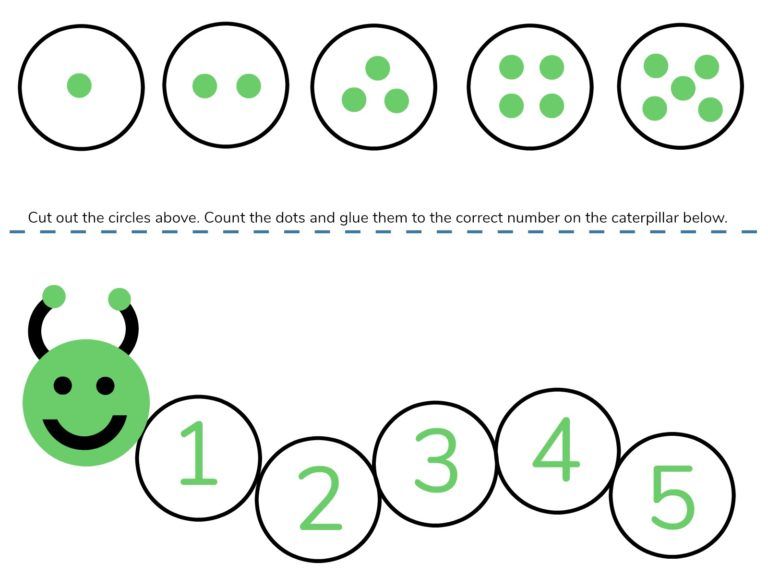 Ask them to collect a specific number of flowers. Once they collect the number of flowers allotted to them, ask them to count the total number of petals on the flowers they have collected.
Ask them to collect a specific number of flowers. Once they collect the number of flowers allotted to them, ask them to count the total number of petals on the flowers they have collected.
12. Making Number Tower using Numeral Blocks
This exercise involves forming a tower of numerals using blocks with numbers on them in ascending order.
What you need:
You need a toy with blocks having numerals printed on them from 1 to 9.
How to do:
This exercise involves guiding the kids to build a tower made of blocks with numerals printed on each one of them. This helps the children to understand number sequencing and recognizing numerals through a classic method.
13. Chores List using Dominoes
This can be an interesting activity in kindergarten, wherein the children are asked to pick up a domino and asked to count the number of dots on it and list down chores equal to the number of dots selected for the day.
What you need:
A set of dominoes, a sheet of paper, and a pencil.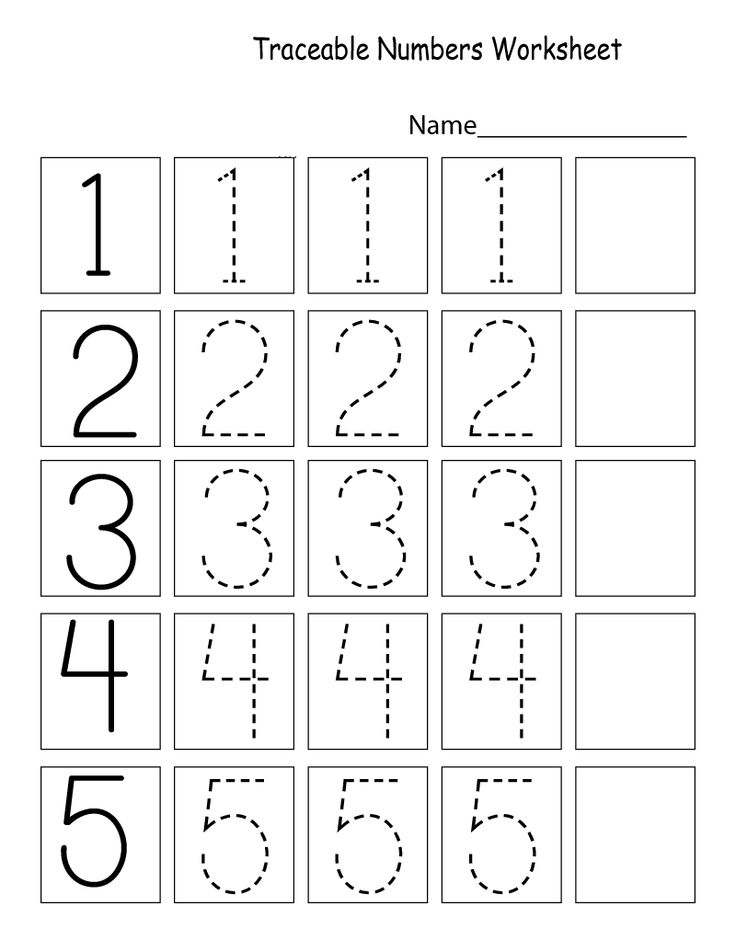
How to do:
Get a set of dominoes and ask the children to pick a domino. Next, ask them to count the number of dots on the selected domino. Once they successfully count the number of dots, ask them to list down the chores for the day on the sheet of paper, equal to the number of dots counted on the domino and complete them throughout the day. This activity imbibes basic planning skills in addition to counting skills in a preschooler’s mind.
14. Hopscotch
Hopscotch is a fun game which has squares which are numbered in ascending order and the kids playing it hop one-legged to the square on which they are supposed to land. This can be a fun way to make the kids understand numbers as well as promote outdoor activity.
What you need:
This exercise would require a space to make the hopscotch tiles and a chalk to mark the squares.
How to play:
Make the hopscotch tiles according to the usual standards with numbers marked in the ascending order on them.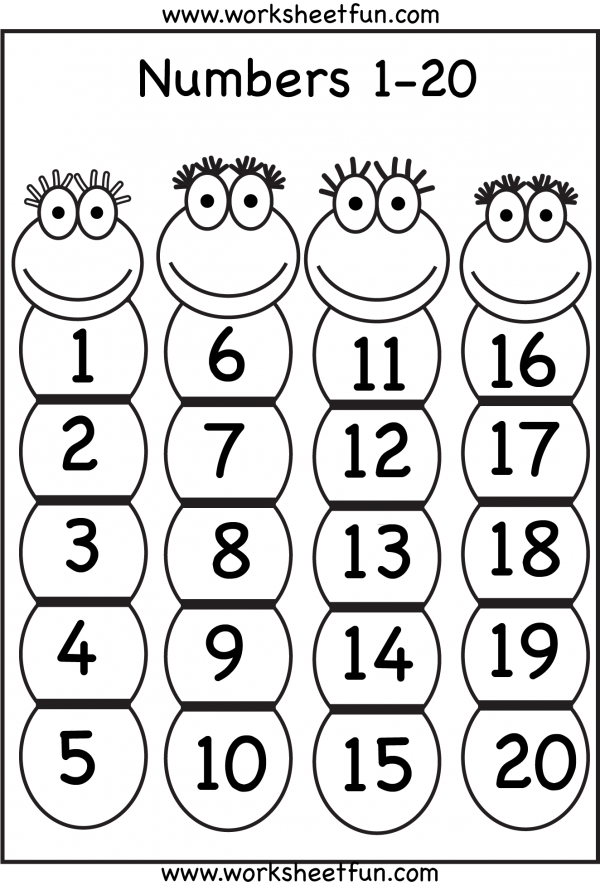 Call out a number and ask the kids to jump to reach the square with the number called out to them. In this way, the children learn to recognize numerals along with getting an enjoyable playing session.
Call out a number and ask the kids to jump to reach the square with the number called out to them. In this way, the children learn to recognize numerals along with getting an enjoyable playing session.
15. Bowling with Numbered Plastic Bottles
This is an interesting and extremely fun activity with plastic bottles which are numbered from 1 to 10 arranged in the form of bowling pins. Kids can bowl the pins over with a softball and count the pins accordingly.
What you need:
10 empty plastic bottles, a softball, a permanent marker, a whiteboard marker, and a whiteboard.
How to do:
Mark the empty plastic bottles with numbers from 1 to 10 using the permanent marker. Arrange them in a formation similar to bowling pins. Ask the child to bowl with the softball on the marked plastic bottles. After bowling, ask the child to count and record the number of bottles that are up and the number of bottles that are down.
These were a few of the fun activities that can be carried out to creatively engage preschoolers and make them learn about numbers and reinforce number recognition in their impressionable minds.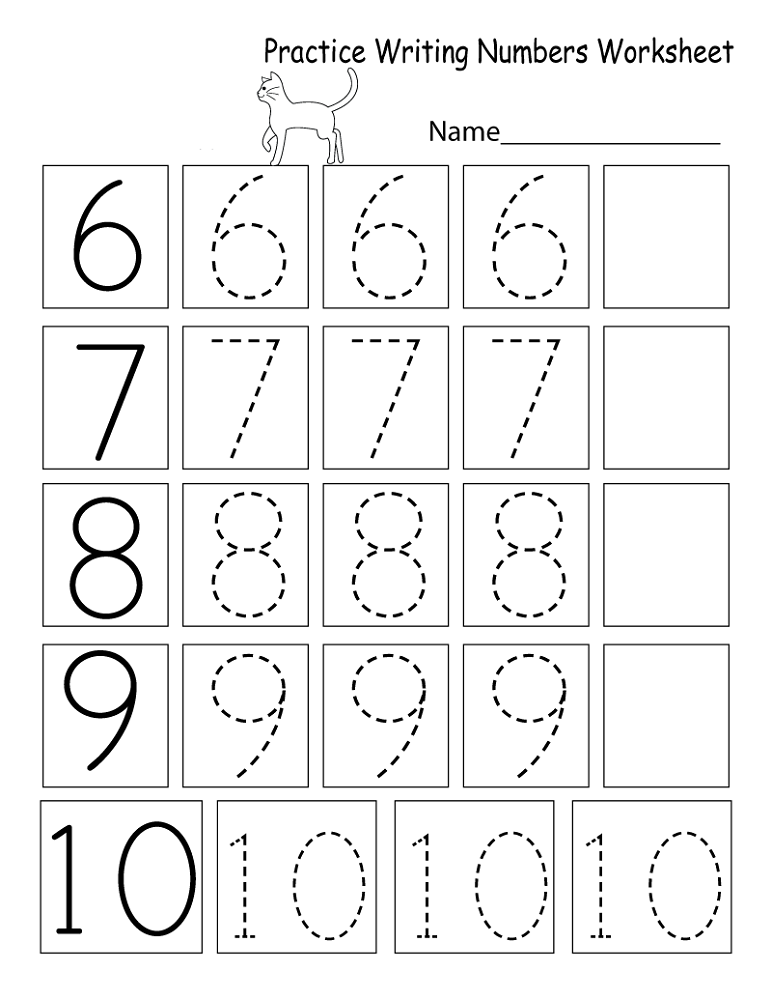
Also Read: 15 Fun Learning Activities for Kids
44 Number Recognition Activities For Preschoolers
// by Eileen Zajac
It's important to give your preschoolers enough experience with different math concepts throughout their time in your classroom. The best ways to do this for Preschool is by planning number recognition activities. These activities help students grow and develop properly in the following concepts:
- Gain confidence with numbers at an early age
- Build critical thinking skills
- Help your kiddos start with a strong numerical foundation
Here is a list of 45 number recognition activities that will help reach all of the abovementioned benchmarks throughout the Preschool year.
1. Counters Motor Activity
View this post on Instagram
A post shared by Stories About Play (@storiesaboutplay)
Motor skills and math can be one and the same. This fun math activity is great for building those skills up while also helping students with their number recognition. This activity is also super simple to create with a big piece of paper (or poster board) and really any kind of markers. @Storiesaboutplay used mini glass gems, but small stones or pieces of paper can also work.
Learn more: Stories About Play
2. Magnet & Playdough Numbers
View this post on Instagram
A post shared by Mum to a ‘bored’ precschooler (@theboredpreschooler)
Activity tables hold some of the best games for preschoolers. They're wonderful because students can work together as well as independently to hone in on their newfound skills and experiences. Preschool kids everywhere will love forming these big numbers with playdough and then matching up the smaller, magnetic numbers above or next, too.
They're wonderful because students can work together as well as independently to hone in on their newfound skills and experiences. Preschool kids everywhere will love forming these big numbers with playdough and then matching up the smaller, magnetic numbers above or next, too.
Learn more: The Bored Preschooler
3. Clipping Fruits
View this post on Instagram
A post shared by Little Wonderers Creations (@littlewondererscreations)
Looking for ways to track your students understanding? There's nothing better than some clothespin and laminated number wheels. This has definitely become a favorite number activity that's used as an informal assessment to monitor student progress and understanding.
Learn more: Little Wonderer's Creations
4.
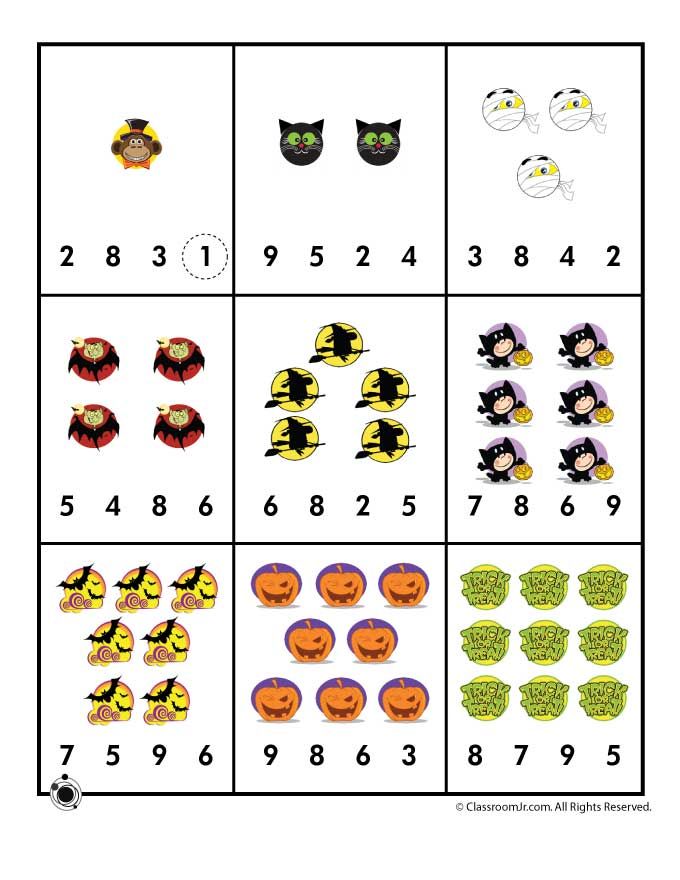 Color by Number Recognition
Color by Number Recognition View this post on Instagram
A post shared by Creative Toddler Activities (@thetoddlercreative)
Integrating both color recognition and number recognition is really killing two birds with one stone. Not only that, but identification activities like this are also helping with students planning and deliverables skills.
Learn more: The Toddler Creative
5. Search and Find Recognition Skills
View this post on Instagram
A post shared by Lyndsey Lou (@the.lyndsey.lou)
This is such a cute idea. If you have the resources to make this (pretty simple), then you should definitely have this activity somewhere in the classroom.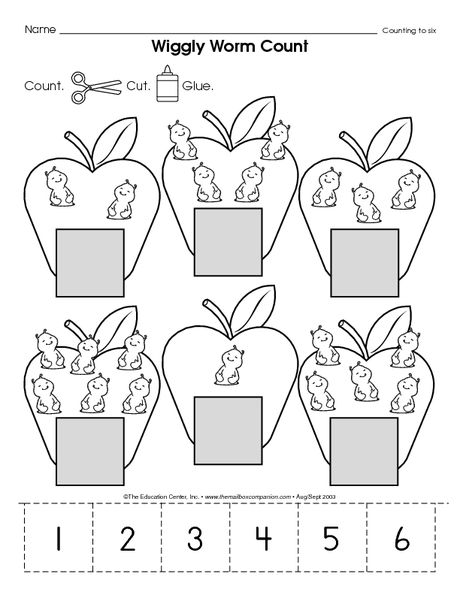 These hands-on activities can be used at any time during the day to give students daily practice in math.
These hands-on activities can be used at any time during the day to give students daily practice in math.
Learn more: The Lyndsey Lou
6. Foam Number Puzzles
View this post on Instagram
A post shared by @teaching_blocks
Foam pieces have been used as recognition games for years. They are a great way to get students used to matching numbers with outlines. This fun game can be played with multiple students and will foster both number recognition and motor skills.
Learn more: Teaching Blocks
7. Scoop & Match
View this post on Instagram
A post shared by Jill Krause (@jillk_inprek)
Finding games that promote effective sorting skills is essential in the preschool classroom. This specific activity fosters counting skills and encourages students to practice their sorting skills. Sorting skills give students the space to observe and realize differences and similarities between objects, numbers, and more.
This specific activity fosters counting skills and encourages students to practice their sorting skills. Sorting skills give students the space to observe and realize differences and similarities between objects, numbers, and more.
Learn more: Jill K in Pre-K
8. Shark Teeth Counting
View this post on Instagram
A post shared by Kendra Arthur (@the__parenting_game)
Fun activities often involve big, fierce animals. This is a great center activity. Students will love to practice numeral identification through shark teeth. It'll be engaging and fun for children at all levels. Let them work independently or as a group.
Learn more: The Parenting Game
9. Fishing for Numbers
View this post on Instagram
A post shared by Montessori Preschool Bunratty (@bearsdenmontessori)
This is a favourite number activity for preschoolers. Fun-filled hands-on activities like this will have students totally engaged and distracted from the fact that this is actually an enrichment activity. Give students a manipulative of numbers they should be fishing for.
Learn more: Bear's Den Montessori
10. Number Treasure Hunt
View this post on Instagram
A post shared by DQ’s mom (@playdatewithdq)
Treasure hunts are ALWAYS a win. This is better done in small groups, but it can be done in large groups as well. If you're able to go outside, try doing this on the playground or in the gymnasium.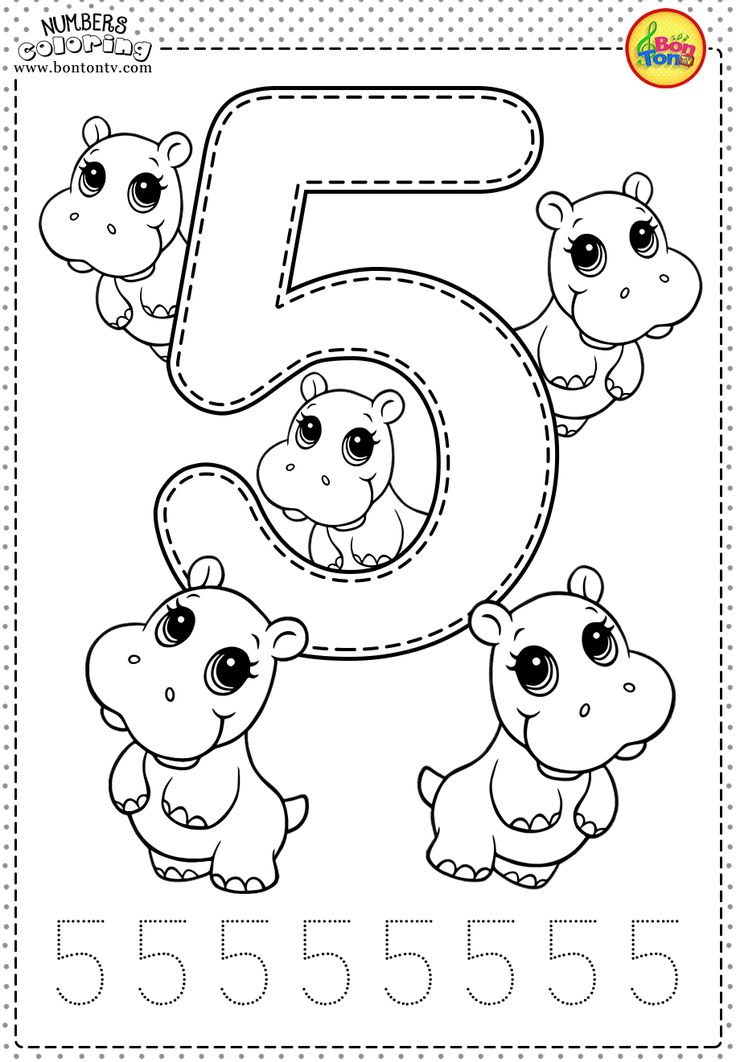 Have students work in teams to collect all of the numbers and fill out the treasure map.
Have students work in teams to collect all of the numbers and fill out the treasure map.
Learn more: Play Date with DQ
11. Number Identification Through Play
Setting up a play space focused on number identification is the perfect way to tie in some extra practice for students. A math play activity for preschool kids is pretty simple to set up. Just find different objects that will promote the following:
- Number recognition
- Number usage
- Handwriting practice
Learn more: We Skoolhouse
12. Number Match
Honestly, this is a great daily activity for students. At circle time or just at a time that you need a little structured play, you'll love watching students work on finding all of the numbers. This can be used as an informal assessment as well to monitor which students are reaching benchmarks.
Learn more: Nexus Prep Preschool
13. Number Recognition Puzzles
As you can see, this is one of those fun number activities that will have kiddos feeling proud of themselves.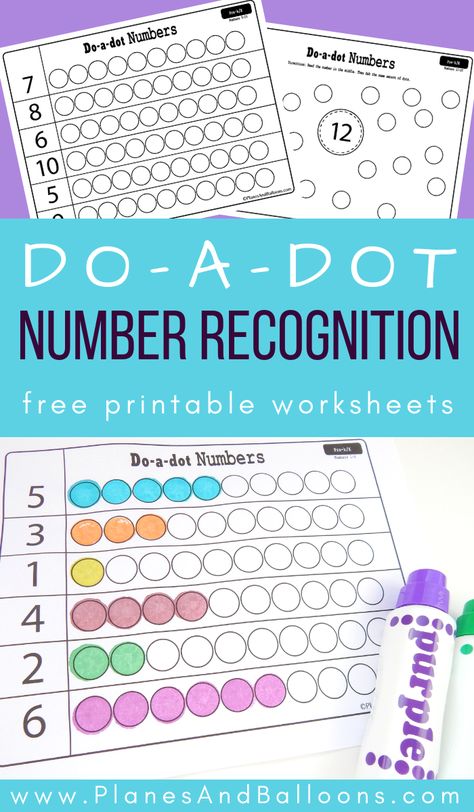 Fun number recognition activities like this are great because they can really be set up in any area of the classroom and used at any time throughout the day.
Fun number recognition activities like this are great because they can really be set up in any area of the classroom and used at any time throughout the day.
Learn more: Emy's - Nursery and Preschool
14. Jelly Numbers
A number activity with children using construction paper! This is a great craft for any classroom learning their numbers. It is fun to create and will make for a great decoration and manipulative to have in the classroom. Oh, don't forget to finish it off with some googly eyes!
Learn more: Wilmington Island United Methodist Preschool
15. Bringing Family Members Home
This is a great activity for students working at the teacher's table. Counting games like this are fun and engaging for students. Explain to them that they are helping to bring all of their family members back home.
Learn more: Hobson Preschool
16. Build It
Building numbers with big wooden (or plastic) numbers is a great experience for preschoolers.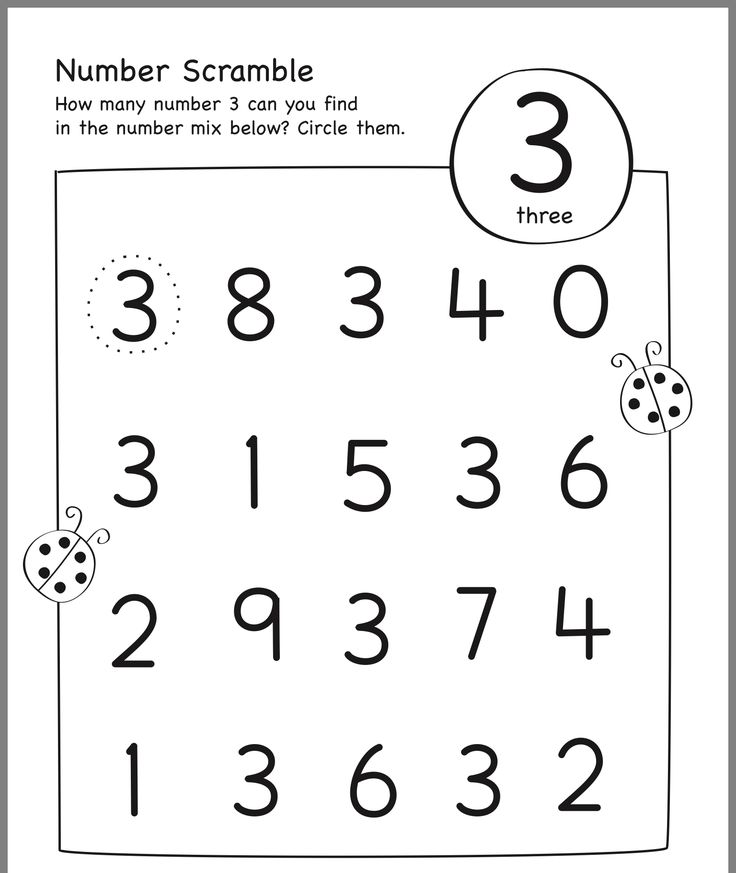 This is a simple hands-on activity that can be done with anyone. It will help to intertwine motor skills and number recognition skills.
This is a simple hands-on activity that can be done with anyone. It will help to intertwine motor skills and number recognition skills.
Learn more: Little Millenium Techzone IV Noida Extension
17. Counting Teeth
There can't be a list of educational activities for preschoolers without something to do with play dough! This one is so much fun and can easily be used in a dental unit. Students will love rolling the dice and matching the dots with the number tooth, then creating the tooth out of play dough.
Learn more: Little Minds at Work
18. Parking Cars
A simple board game for preschool classes everywhere. There's no doubt that students love playing with Matchbox Cars. Providing a special parking garage for them will be the perfect additional practice they need for building those number recognition skills.
Learn more: Preschool Inspirations
19. Jump and Say
Hopscotch has always been a fun game, but did you know it can easily be made out of sheets of paper? Just simply use color crayons to create a large number that students can jump to.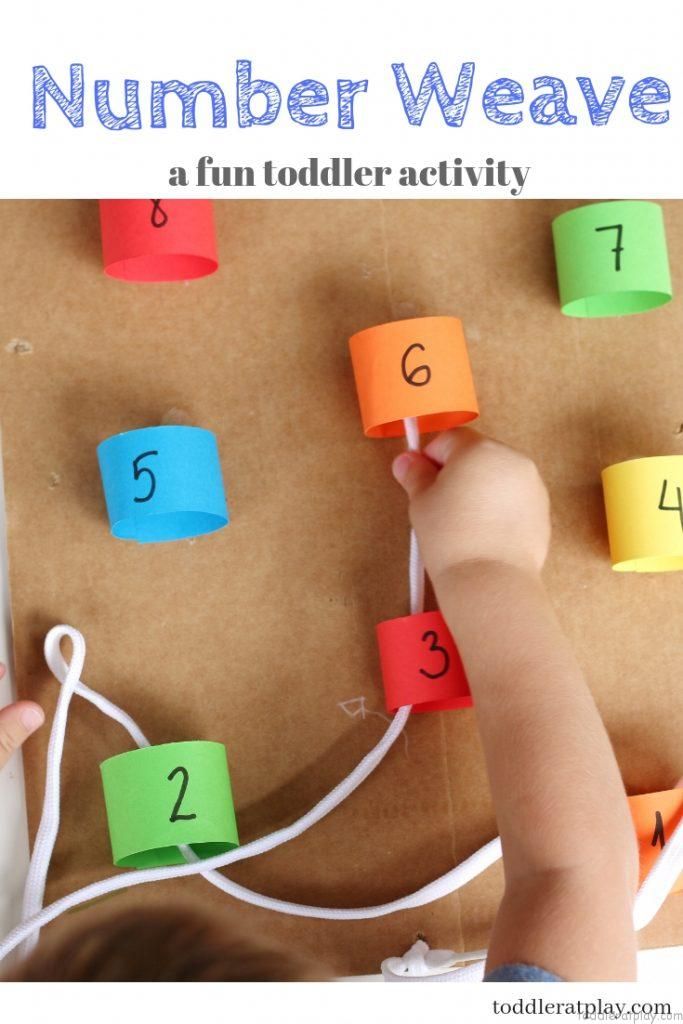 Whether you play with traditional hopscotch rules or you just let your kiddos run across and say the numbers, all will be educational.
Whether you play with traditional hopscotch rules or you just let your kiddos run across and say the numbers, all will be educational.
Learn more: Joy English Preschool
20. Building Caterpillars
Using pom poms or dot stickers, this activity can easily be implemented in the preschool classroom. Use it to go along with your Very Hungry Caterpillar unit plans! This is a bit tougher, so keep your children in mind and work with them.
Learn more: Popcorn Poppin Preschool
21. Flower Recognition
@brightstarsfun Spring number recognition activity #maths #numbers #toddler #learning #prek #preschool #spring ♬ 1, 2, 3, 4 - Album Version - Plain White T's
I love these super cute little flower beds. They're so fun and simple to make. Students will love playing with them in and out of math class.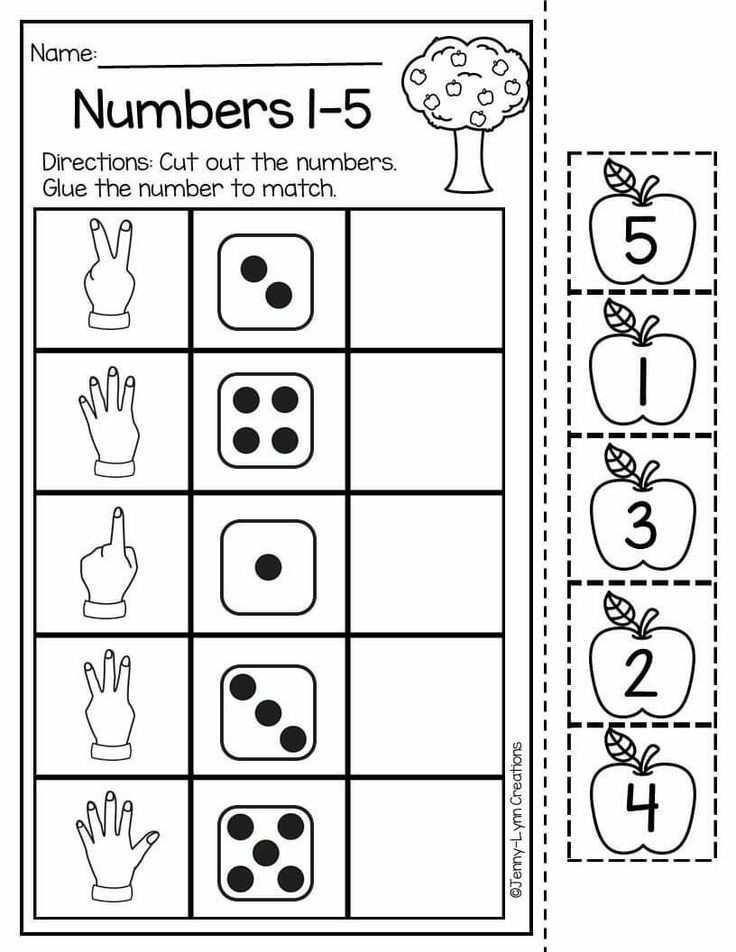 It can be pretty simply made with a permanent marker, some paper, and a recycled box.
It can be pretty simply made with a permanent marker, some paper, and a recycled box.
Learn more: Bright Stars Fun
22. Number Sensory Activity
@beyondtheplayroom Apple Number Writing and Counting Sensory Tray for Kids. Check out @beyondtheplayroom for the Instructions on how to make the Apple Pie Scented Rice #preschoolteacher #sensorytray #preschoolactivities #countinggame #numberrecognition #finemotorskills ♬ 888 - Cavetown
A sensory activity that includes number recognition just as much as color recognition. Matching the rice to the objects being used is a great way to help students with color matching. Keep the color in one theme, from the rice, to the object, to the buttons.
Learn more: Beyond the Playroom
23. Valentine's Number Matching
@.playtolearn Great valentines activity! ♥️ #fyp #foryou #craftsforkids #numberrecognition #preschoolactivities #numberpuzzle #valentinesdaycraft #toddleractivity ♬ All You Need Is Love - Remastered 2015 - The Beatles
These puzzles can be easily created with a sheet of paper and some markers. Draw dots and numbers and have students build some hearts. This will help students develop essential skills for number recognition and counting.
Learn more: Play to Learn
24. Couldrin Counting
@jess_grant Conjure up some preschool skills with this fun counting game 🧙🏻✨ #preschoolteacher #learnontiktok #tiktokpartner #learnthroughplay #prektips ♬ Pumpkins - Chris Alan Lee
Write the recipe on little sheets of paper and watch as your students create their own little witch cauldrons.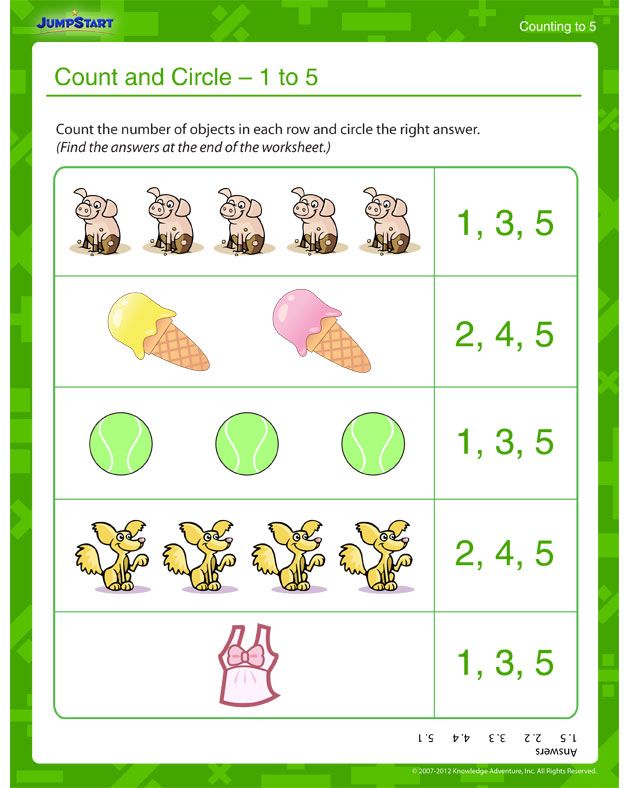 This is really a great motor activity for little hands as it works muscles that students are necessarily used to working.
This is really a great motor activity for little hands as it works muscles that students are necessarily used to working.
Learn more: Jess Grant
25. Watermelon Counting
@harrylouisadventures Watermelon Maths #stemeducation #toddleractivities #preschoolplay #playdough #playdoughmaking #playdoughactivities #earlymaths #mathsplay #activitiesforkids #homeschool #finemororskills #counting #numberecognition #mathsactivity #actividadesinfantiles #playbasedlearning #preschool #preschooler #toddlers #stayathomemom #mumhacks ♬ Watermelon Sugar - Harry
Dough activities like this are perfect for incorporating fruits into math class. Your students will love creating the watermelons and then counting the seeds that need to go into each watermelon.
Learn more: Harry Louis Adventures
26. Number Monsters
@happytotshelf A cute monster counting activity for preschoolers! #learningisfun #handsonlearning #preschoolactivities #learnontiktok #preschoolathome #kidsactivities #counting ♬ Kids Being Kids - Happy Face Music
Create some number monsters! This is an amazing number activity for preschoolers. This is a great activity to do during circle time. Students will love instructing you on how many eyes to put on each monster. Simply use garage sale stickers to create the eyes.
Learn more: Happy Tot Shelf
27. Finger Painting Numbers
@theparentingdaily Number tracing with paint #kids #kidsactivities #activitiesforkids #eyfs #learning #learningisfun #children #number #activity #activities #parenting #fun #earlyyears #preschoolactivities ♬ BARELY BREATHING - Grant Averill
Fun-filled hands-on activities often include paint of some sort.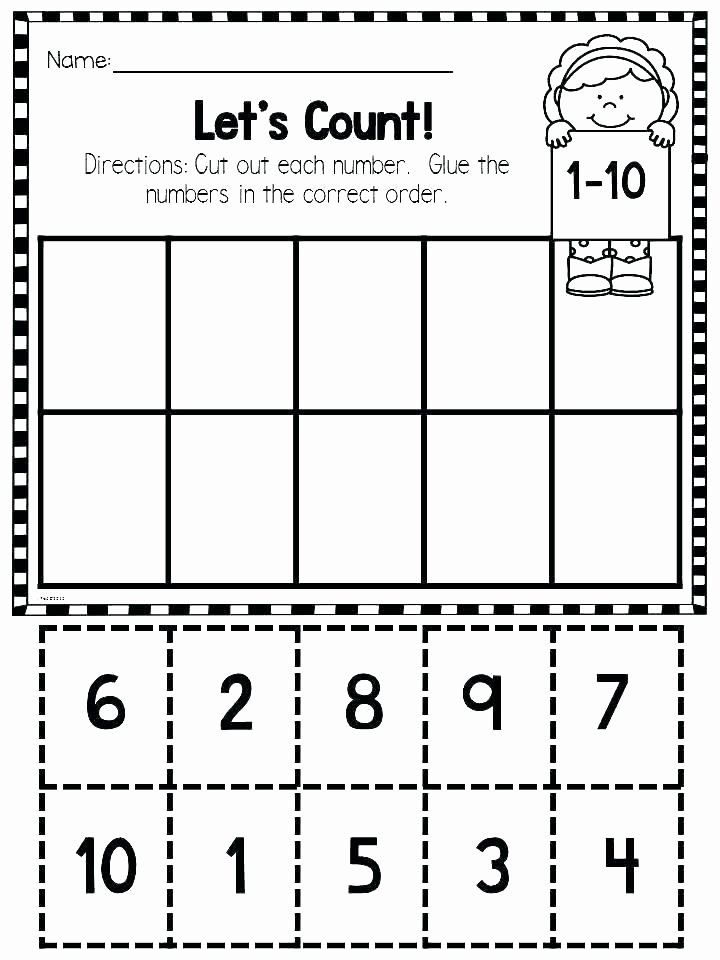 Your students will love creating their numbers with all of the different paint colors. It will be fun to watch as students use their own ideas to create the pictures from dotting their fingers to just tracing along the numbers.
Your students will love creating their numbers with all of the different paint colors. It will be fun to watch as students use their own ideas to create the pictures from dotting their fingers to just tracing along the numbers.
Learn more: The Parenting Daily
28. Straw Fishing and Matching
@happytotshelf Fun fishing and number matching game! #learningisfun #handsonlearning #homelearning #preschoolactivities #finemotorskills #diygames ♬ Happy song 1 for cooking / child / animal videos(476909) - きっずさうんど
Ready to get messy? This game will surely help with the development of numeracy skills. Students will love playing in the water (dye it with different colors to make it even more exciting). They will also love the challenge of fishing out the straws and using their counting skills to put them in the right places.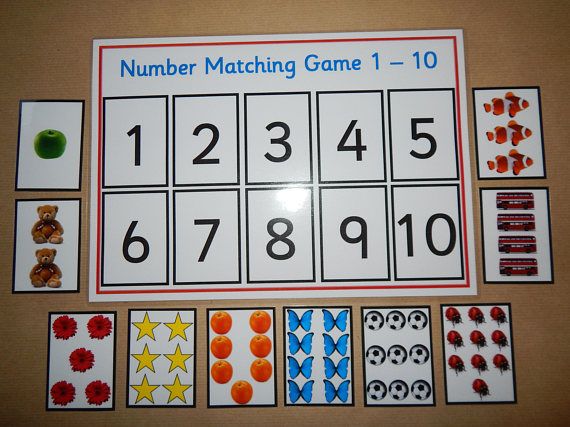
Learn more: Happy Tot Shelf
29. Apple Tree Counting
@happytotshelf Can you believe that my 3yo sat down for 15 whole minutes, wrote all 10 numbers and poked 55 cotton buds? #learningisfun #handsonlearning #preschoolactivities #learntocount #homelearning ♬ Happy Mood - AShamaluevMusic
How many apples are on the tree? This helps to build the foundational skills of counting. Students will count the apples and then get some extra handwriting practice by tracing the dotted lines to create the different numbers.
Learn more: Happy Tot Shelf
30. Snip It Up
@happytotshelf Download the printables at Happy Tot Shelf blog. #learningisfun #handsonlearning #preschoolactivities #homelearning ♬ Kimi No Toriko - Rizky Ayuba
This printable activity is great because it will allow students to practice their counting skills and develop various muscles throughout the hand.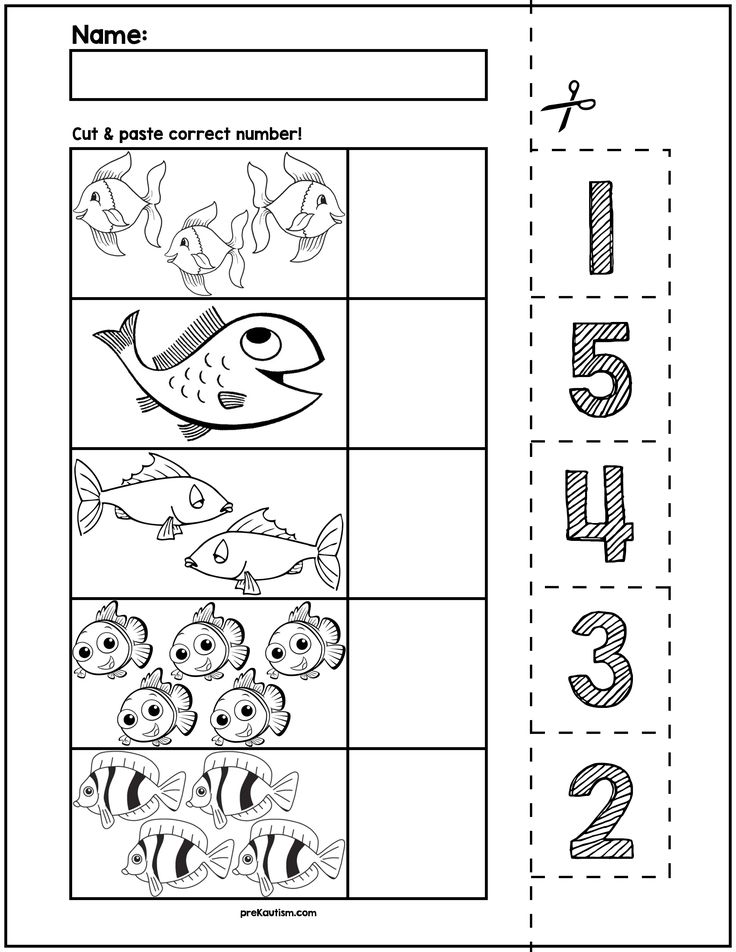 The best part is that students get to practice holding scissors and paper simultaneously, honing in on their bilateral coordination.
The best part is that students get to practice holding scissors and paper simultaneously, honing in on their bilateral coordination.
Learn more: Happy Tot Shelf
31. Red Rover Number Matching
Preschool is working on number recognition with a game of red rover outside!! #TigerLegacy pic.twitter.com/yZ0l4C2PBh
— Alexandria Thiessen (@mommacoffee4) September 17, 2020
Outdoor games for children should always be at the top of your list. Being outdoors only gives students more experience and curiosity. It also gives them time to take in the fresh air and just enjoy nature.
Learn more: Alexandria Thiessen
32. Number Sorting
Grab some cups, tape foam numbers on them, sort the rest of the foam numbers into them:https://t.co/lYe1yzjXk7 pic.twitter.com/Sl4YwO4NdU
— Teacher Sheryl (@tch3and3yearold) April 17, 2016
Teaching your preschoolers how to categorize will help to train them as they develop math and literacy skills.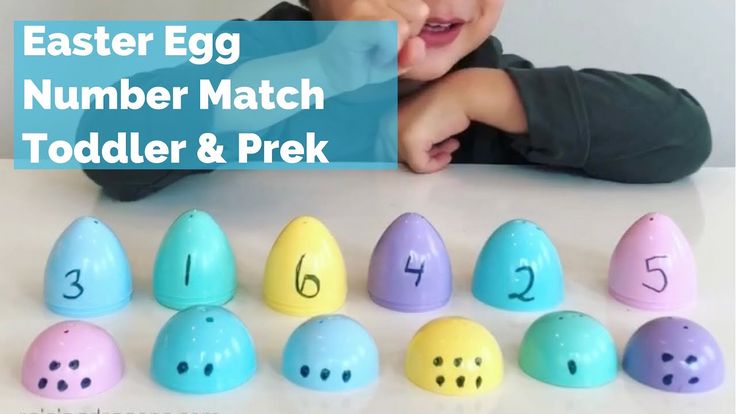 It's important for preschoolers to have enough diversity in different sorting activities, including but not limited to:
It's important for preschoolers to have enough diversity in different sorting activities, including but not limited to:
- Numbers
- Colors
- Shapes
- Sensory
Learn more: Teacher Sheryl
33. Paper Cup Matching
Number Matching Game For The Preschool Classroom: Number Recognition, Observational Skills, & Fine Motor Skills Used 👩🏽🏫#Preschool pic.twitter.com/c5fT2XQkZf
— Early Learning® (@early_teaching) August 25, 2017
Simple games for children like this one are so nice to have in the classroom. These counting games are so easy to make that each child can have their own game boards! Which is essential to individuality and student, teacher interactions.
Learn more: Early Learning
34. Froggy Jump
Check out and make this mini-book Frog Jump for your #preschool children https://t.
— EarlyMathEDC (@EarlyMathEDC) July 8, 2020co/qsqwI9tPTK. It explains how to play Lily Pad, a game that helps children practice number concepts like counting (or just knowing) how many dots on the die & visualizing the number line. #ECE pic.twitter.com/o2OLbc7oCG
A printable activity that students will absolutely love! Friendly competition and games with animals make always make any learning activities that much more exciting. This is a great game to work on matching dots, numbers, and of course, working on turn-taking.
Learn more: Early Math EDC
35. Ghosts V.S. Frakenstien
Save your bread ties to make this super simple number game I call, Ghosts vs Frankenstein. Kids can take turns being either character. Roll the dice until you collect all of your numbers. #Halloween #Preschool #kindergarten #homeschooling pic.twitter.com/A9bKMjLFXM
— Mom On Middle (@MomOnMiddle) October 2, 2020
This is such a cute game! Taking turns is vital in life, and it starts in preschool! Help to incorporate games that require students to take turns and learn the pattern of communication - back-and-forth exchanges.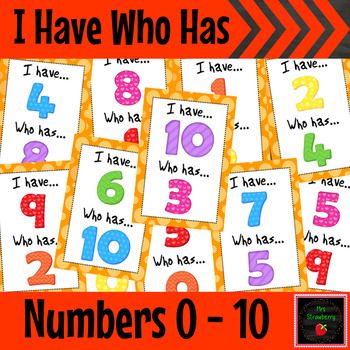
Learn more: Mom on Middle
36. Building With Numbers
This month our Rolling Rhombus visited All Ages Read Together-a local, non-profit preschool dedicated to educating children in need. 3rd graders brought math games to teach number recognition & counting. It also helps our students learn to communicate with language barriers. pic.twitter.com/ga6OJzoEf9
— St. Stephen’s and St. Agnes School (@SSSASsaints) November 19, 2021
Playing with blocks is super important in the preschool years. It teaches students so many different skills, especially in a setting with multiple kiddos. Number blocks help to get kids to feel the different shapes of numbers.
Learn more: St. Stephens and St. Agnes School
37. I Spy
There's nothing better than a fun counting song. These songs can be classified as recognition games. They are great for helping kids to remember and visualize the different numbers with objects that they're familiar with.
These songs can be classified as recognition games. They are great for helping kids to remember and visualize the different numbers with objects that they're familiar with.
Learn more: TheLearningStation - Kids Songs and Nursery Rhymes
38. Number Counting
If your preschoolers are just about ready for kindergarten, why not give them a challenging circle time activity?
Work together to play these different counting games. Pause the video to give students time to count and work through all of the numbers inside their brains.
Learn more: NoNa TV
39. Worms and Apples
Using sheets of paper, this counting activity can easily be recreated and used in the classroom.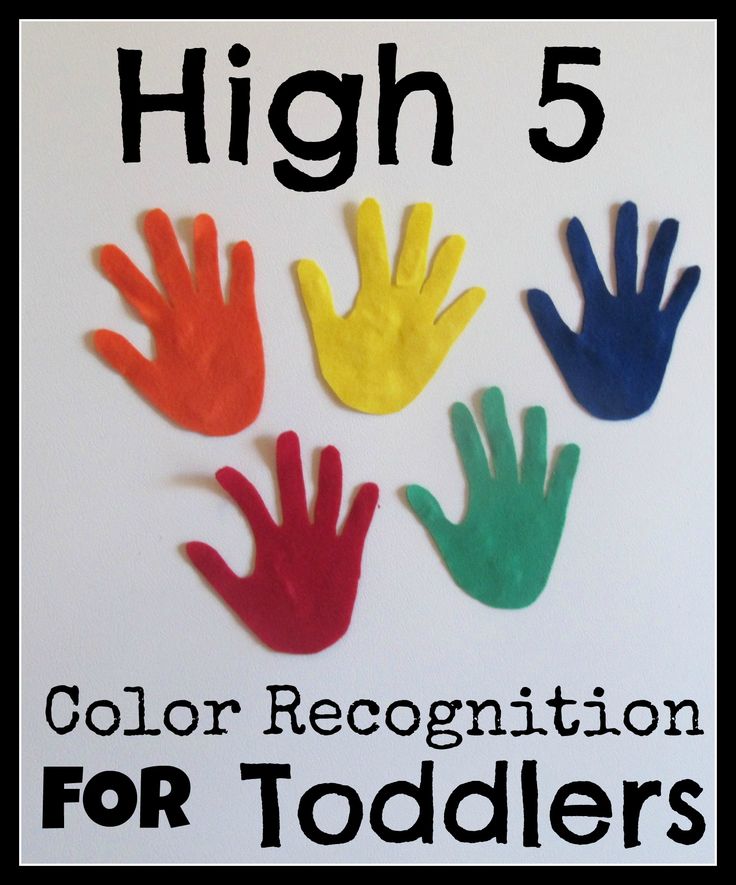 This is perfect for stations or seatwork. Your preschoolers may find this super funny and cute, which just makes it all the more enjoyable.
This is perfect for stations or seatwork. Your preschoolers may find this super funny and cute, which just makes it all the more enjoyable.
Learn more: Jady A.
40. Build and Stick
I love this activity so much. It really keeps my preschoolers engaged for long amounts of time. First building their numbers out of playdough (always a win) and then poking that amount of toothpicks into the number makes it that much more enjoyable and educational.
Learn more: The Dad Lab
41. Pom Pom Number Tracing
A dauber activity that takes away from the usual coloring and stamping activities. Help your students develop better coloring skills by providing manipulatives like pom poms (or circle stickers) to create colorful numbers.
Help your students develop better coloring skills by providing manipulatives like pom poms (or circle stickers) to create colorful numbers.
Learn more: Childcare Land
42. Dinosaur Roll and Cover
Roll and cover is a great activity for students at all levels. This is completed both by working together and practicing turn-taking or working individually. It can also serve as an engaging informal assessment to see where your students are at in reaching the objectives.
Learn more: Childcare Land
43. Umbrella Button Counting
This is super cute and will build the foundation skill of counting.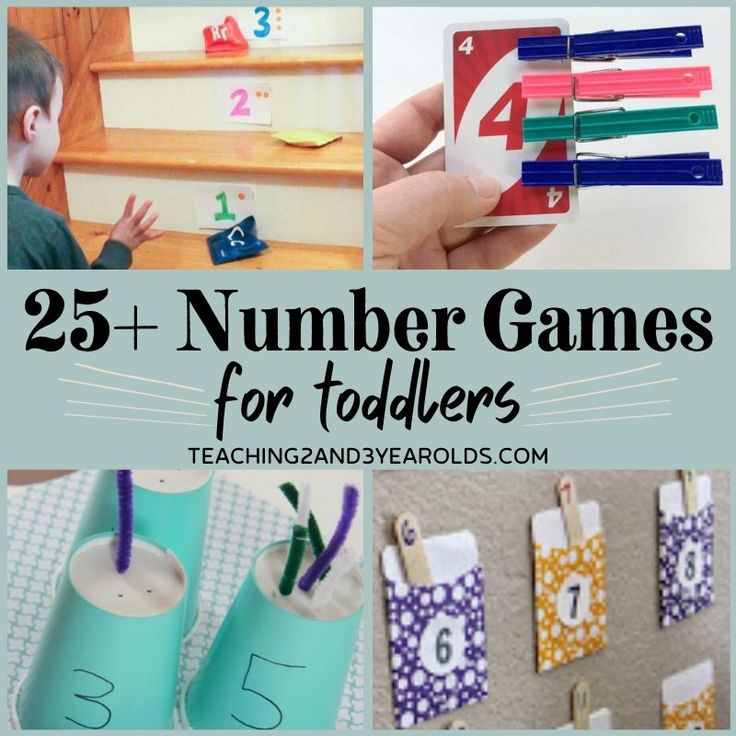 Tying number recognition into button counting will help bring students to the next level of their numeracy understanding. It will also be an engaging and creative to get students involved in their learning.
Tying number recognition into button counting will help bring students to the next level of their numeracy understanding. It will also be an engaging and creative to get students involved in their learning.
Learn more: Childcare Land
44. Countdown Chain
A countdown chain is a daily activity that can be used for so many different things! It's one of those experiential learning aspects of the classroom. It can be used for holidays, birthdays, and even the countdown to summer vacation.
Learn more: Childcare Land
Related posts:
Category: Classroom Ideas
How to teach a child to recognize numbers from 1 to 10 | Lifestyle
Number Recognition - The ability to visually recognize numbers and then name them.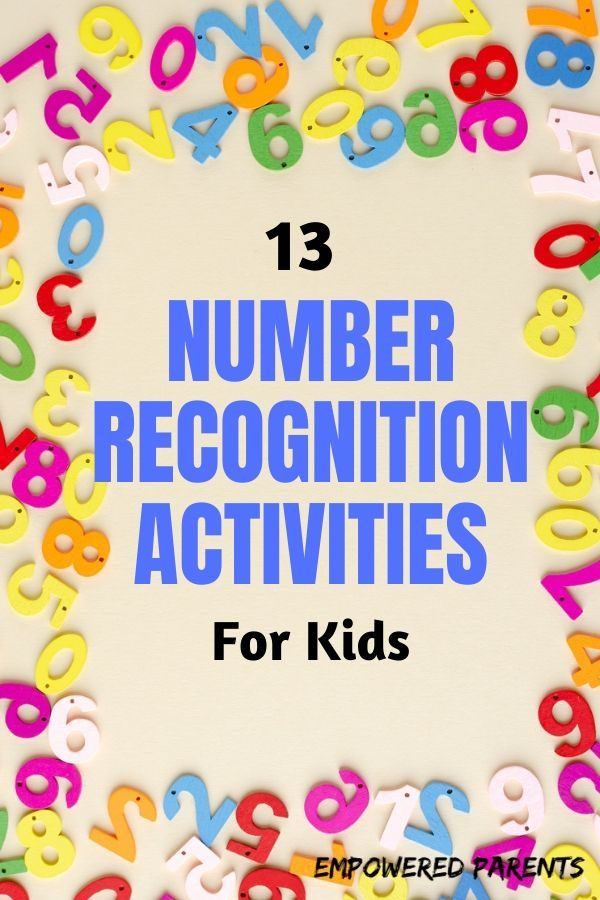 For example, number recognition allows the child to understand that the symbol 2 refers to the word "two" as well as the corresponding number. To teach your toddler to recognize numbers from 1 to 10, start by sequentially describing your child's environment using numbers. You can include numbers in a sensory game or arrange games to help your child understand this important concept.
For example, number recognition allows the child to understand that the symbol 2 refers to the word "two" as well as the corresponding number. To teach your toddler to recognize numbers from 1 to 10, start by sequentially describing your child's environment using numbers. You can include numbers in a sensory game or arrange games to help your child understand this important concept.
Children's introduction to numbers
Use numbers to describe your child's groups of things. To create a foundation for number recognition, talk about your child's environment in terms of numbers. If several pencils have fallen on the floor, you can say, “Oh, I dropped 3 pencils!” Or, while reading a picture book, you can point to an illustration and say, "There are 2 planes in the sky."
Be sure to use numbers when describing situations in which your child had a hand in creating something. For example, if he drew 4 chicks, you could point to that and ask, "Are you going to draw 4 more chicks?" Start with smaller numbers, usually up to 4-6. Young children may be confused by large numbers at first.
Young children may be confused by large numbers at first.
Put numbers on houses, street signs or other places
This will help your child start to recognize different numbers. When you drive or walk around your neighborhood, pay attention to your child, for example, by house numbers or phone numbers on billboards. While at home, enter numbers on telephone keypads, remote controls, clocks, or thermometers. Be consistent in your use of numbers in everyday conversation. The more often you use numbers to describe things and indicate numbers in your child's environment, the faster he will recognize numbers.
Have the children do their homework using numbers
Children need to understand that numbers are not just for math class. They can also be used in real situations. For example, ask your child for lunch to indicate the correct number of napkins for your family. Or in an arts and crafts class, ask for enough glue sticks for each person at the table.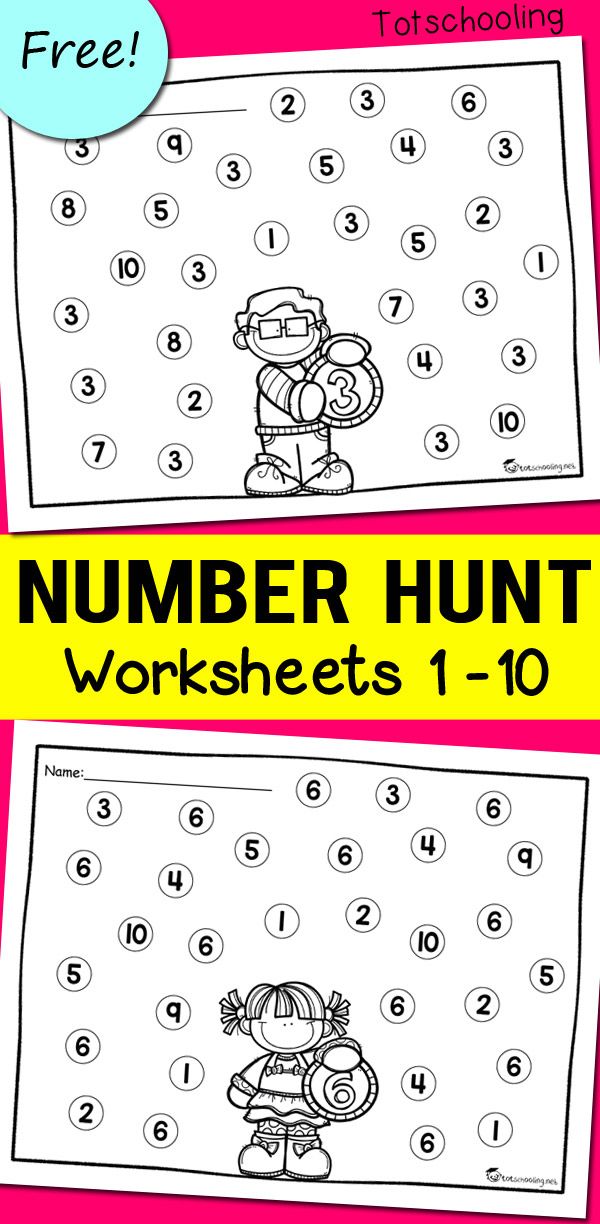 These kinds of requests will encourage your child to view their world in terms of numbers. This helps lay the groundwork for more complex concepts.
These kinds of requests will encourage your child to view their world in terms of numbers. This helps lay the groundwork for more complex concepts.
Adding numbers to the sensory game
Buy sets of magnetic numbers and have your child match them. Let your child play freely with them first so that they start to recognize the shapes of the different numbers. Then ask him to match pairs or groups with the same number. If the child is older, see if he can put the numbers in order. Magnetic numbers can be attached to the refrigerator door or on a baking sheet.
Drawing numbers on flour
Sprinkle a thin layer of flour on a tray or baking sheet. Then have your child draw different numbers on it. If your child is just getting started with number recognition, you can write an example of each number on a piece of paper. Once the tray is filled with numbers, help your child even out the flour so he can keep drawing.
Reproduce the shape of the numbers
Write the numbers 1 through 10 on a large piece of paper.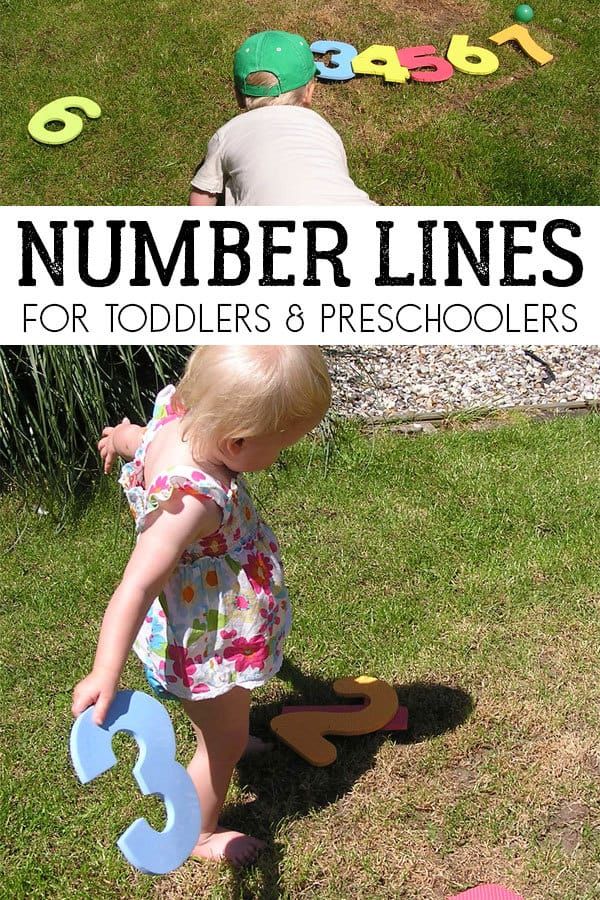 Then cut several pieces of thread of different colors and different lengths. Have your child arrange the strings so that they follow the shape of the numbers on the paper. You can even glue threads to it if you like.
Then cut several pieces of thread of different colors and different lengths. Have your child arrange the strings so that they follow the shape of the numbers on the paper. You can even glue threads to it if you like.
Button sorting
Write the numbers 1 to 10 on 10 plastic cups. Then give your child some buttons or other small items (such as shells or pebbles). Ask them to place the correct number of items in each labeled glass. Whatever items you use, make sure they are large enough so that your child cannot, for example, swallow them or stick them up their nose. This can be a great activity for several kids to play together. If one child has mastered the rules, he can help his playmates who are still learning to recognize numbers.
Use the calculator to experiment.
Ask your child to find the number that tells them how old they are. Ask them to enter numbers from 1 to 10 in the correct order. The calculator can be used anywhere. Keep it in your pocket or bag so you can take it out while waiting in line.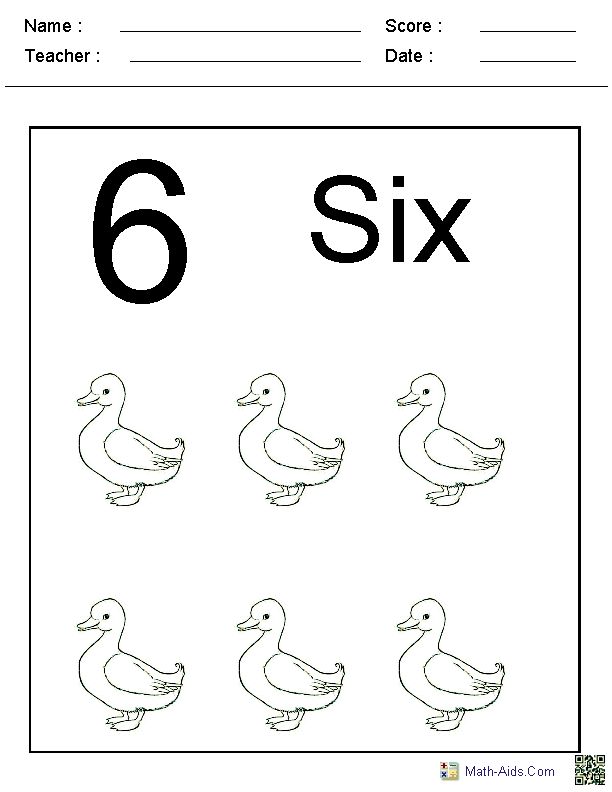
Number recognition practice with games and activities
For the first game you will need 1 die, piece of paper, pencils, 6 tokens per player and a number line from 1 to 6 for each player. One player rolls the die and places a token on that number on their number line. The other player does the same. If any player rolls a number that is already covered by the token, he skips the turn. The first one that occupies all 6 numbers wins the game. You can also use a number line from 1 to 12 for older children and roll two dice instead of one.
Match the numbered cards until you have completed the entire deck.
Take the numbered cards. Have your child turn over the first card in the deck. Then ask to turn over the next card. If its number matches the number of the first card, they must be placed side by side, if not, put aside. For this game, you can use a deck of ordinary playing cards, taking out cards with pictures.
Speed Game
You will need a deck of 10 cards for each player.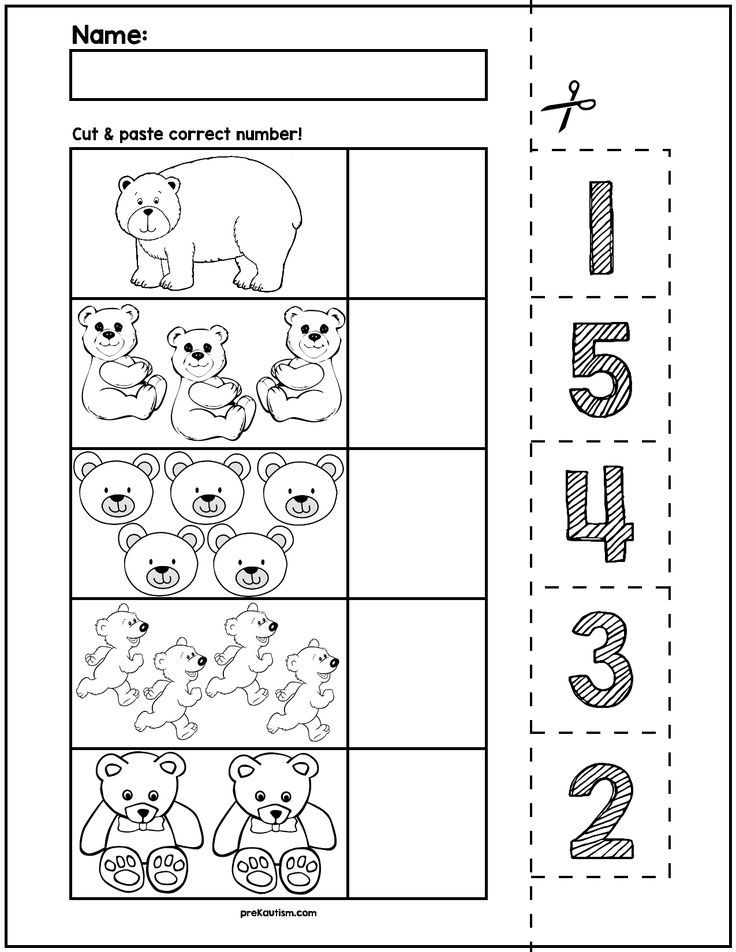 You can make them yourself. Numbers must be drawn on the cards (from 1 to 10). Each player must shuffle their deck and place it face up in the pile. Then, at the command of an adult, the children should begin to sort their cards, arranging them in the correct sequence. The first player to do it right wins. But don't stop playing there. All players must finish laying out their cards. You can play this game multiple times in a row so your kids can develop better sorting and ordering strategies. You could even invite your child to play this game on their own - just keep track of the time it takes them to complete the task.
You can make them yourself. Numbers must be drawn on the cards (from 1 to 10). Each player must shuffle their deck and place it face up in the pile. Then, at the command of an adult, the children should begin to sort their cards, arranging them in the correct sequence. The first player to do it right wins. But don't stop playing there. All players must finish laying out their cards. You can play this game multiple times in a row so your kids can develop better sorting and ordering strategies. You could even invite your child to play this game on their own - just keep track of the time it takes them to complete the task.
Number line and blocks
Make a long, straight line on the floor using masking tape. Add 10 shorter horizontal pieces of ribbon evenly spaced along the line. Label each short piece of tape with a number from 1 to 10. Then ask your child to place 1 block on the line next to the “1” mark, 2 blocks on the line next to the “2” mark, etc. If your child does not recognize numeric characters, but knows the names of the numbers, try starting at 1 and have it count as they move up the number line.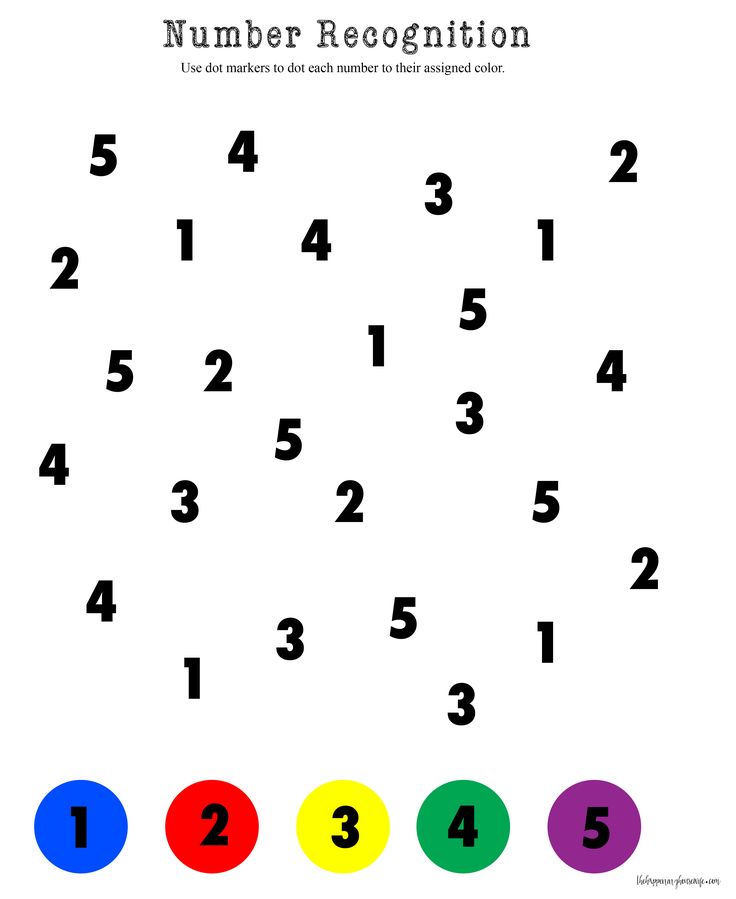 This will help the child understand, for example, that the symbol "8" corresponds to the word "eight". If you have a younger preschooler, you can start with numbers 1-5 and then work on.
This will help the child understand, for example, that the symbol "8" corresponds to the word "eight". If you have a younger preschooler, you can start with numbers 1-5 and then work on.
Tower of blocks
The essence of the game is that you need to roll a die, then build a tower of blocks using the number of points dropped. Choose a die with symbols on the side, not dots. Make this game more challenging by taking turns and adding to your tower each turn until you get to 10. For example, your child rolls a "2" and builds a 2 block tower. You roll a "4" and stack 4 blocks to create your tower. Your child throws again and gets a "6". He then counts 6 additional blocks to add to his original tower for a total of 8 blocks. Keep playing until both of your towers are 10 blocks high.
Learning to count up to 20
At the age of 4-5, children are ready to learn counting up to 20. Start with forward counting, gradually moving on to learning backward counting.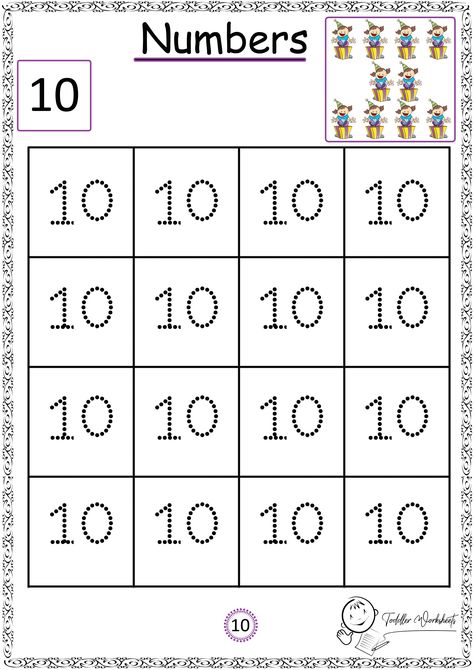
Developing online math tasks for children from 2 to 11 years old
Direct quantitative counting
Learn with your child the names of numbers from one to twenty and their spelling. Your child probably already knows how to count to ten. For better memorization of numbers from 11 to 19explain how they are formed: they consist of 10 and one more of the numbers 1, 2, 3,4, 5, 6, 7, 8, 9. Put ten identical objects or counting sticks in a row. This is "twenty" - Old Russian ten. Place one other object or stick of a different color on top. It turned out eleven - "one" to "twenty". Show how the other numbers of the second ten turned out. There are two tens in the number 20.
The next step is to remember the numbers. An excellent simulator for learning numbers is the number line. You can use a regular ruler. Looking at the ruler, the child will not only remember the spelling of numbers and their arrangement in order, but also learn to distinguish: the numbers that are located to the right - more, to the left - less.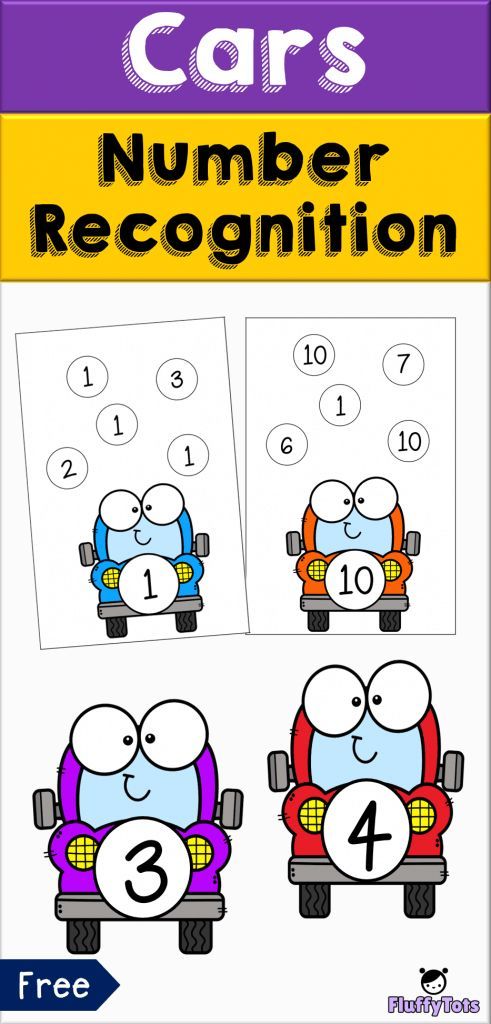 Encourage such exercises with a ruler. Call the child numbers in random order, let him write down the numbers under your dictation. As an assistant at first, he can use a ruler.
Encourage such exercises with a ruler. Call the child numbers in random order, let him write down the numbers under your dictation. As an assistant at first, he can use a ruler.
Do simple game exercises:
Name the neighbors. You name a number, the child - neighboring numbers located on both sides of the number line. This exercise not only helps to remember numbers, but also teaches the child to increase and decrease by one.
Quantitative account
Repeat the formation of numbers from eleven to twenty with your child, tell them that numbers up to one hundred are formed in the same way: a number indicating the number of tens + "twenty" and a number indicating the number of units. The only exception is the number "forty", it must be remembered.
Counting skills within the first hundred are well developed by the Connect by Dots exercises.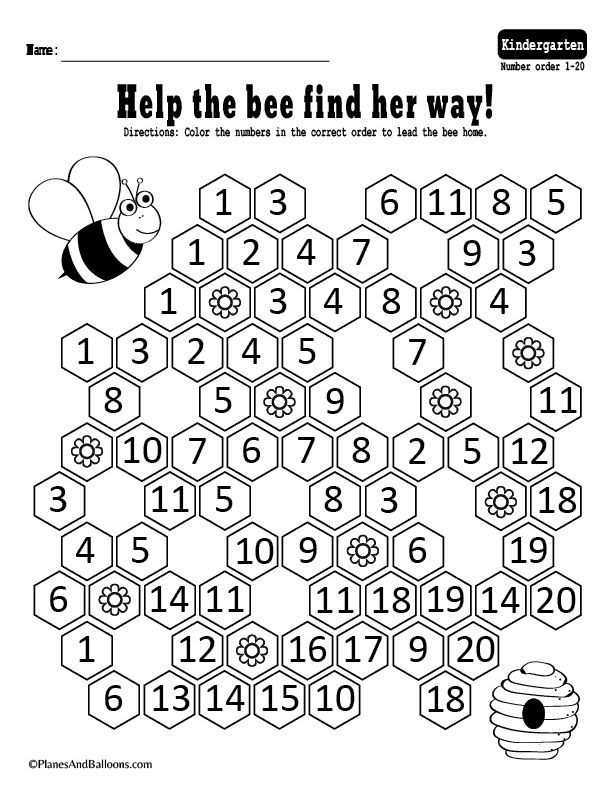 You can also perform simple game exercises with your child:
You can also perform simple game exercises with your child:
"Name the neighbors of round numbers." The greatest difficulty for children is the transition to round numbers. This exercise is designed to reinforce this skill. Name a round number, let the child name the neighboring numbers that are on both sides of it on the number line. This exercise also teaches the child to increase and decrease by one.
Perform developmental exercises from Aikyusha
“We pronounce numbers one by one”. The essence of the exercise: counting up to a hundred, say the numbers in turn with the child. Explain to him that you need to pronounce the number that comes after the one named. You can connect a few more people to the game to make the game more fun.
In addition to counting straight, practice counting backwards, paying special attention to naming numbers in the forward and backward order with the transition through the round number.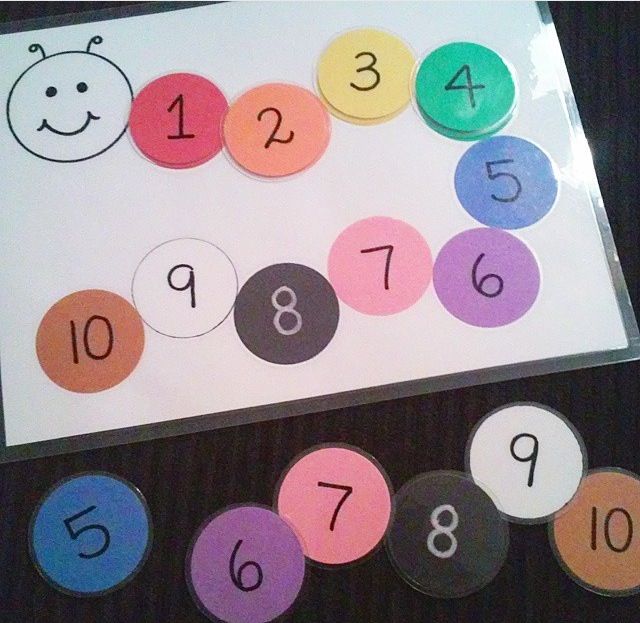
Practice writing numbers. Pay attention to the fact that the child writes and “reads” the number from left to right. Children often make mistakes in recognizing numbers, for example, instead of the number 21 they say 12 . Written numbering, like oral numbering, is associated with the number of digits, remind the child that tens are written first, then units. Pay special attention to writing round numbers, in which 0 is written in place of units (they are not in this number). If you miss this moment, you may encounter the fact that the child will write the number 45 as 405.
"Counting and counting". In every possible situation, enlist the help of the child in counting and counting objects. When counting, the child needs to determine the number of objects. Make sure that you count according to the rules: in the process of counting, point to objects in order, touching them with your finger. If you count out of order, you can get confused and miss one or more items.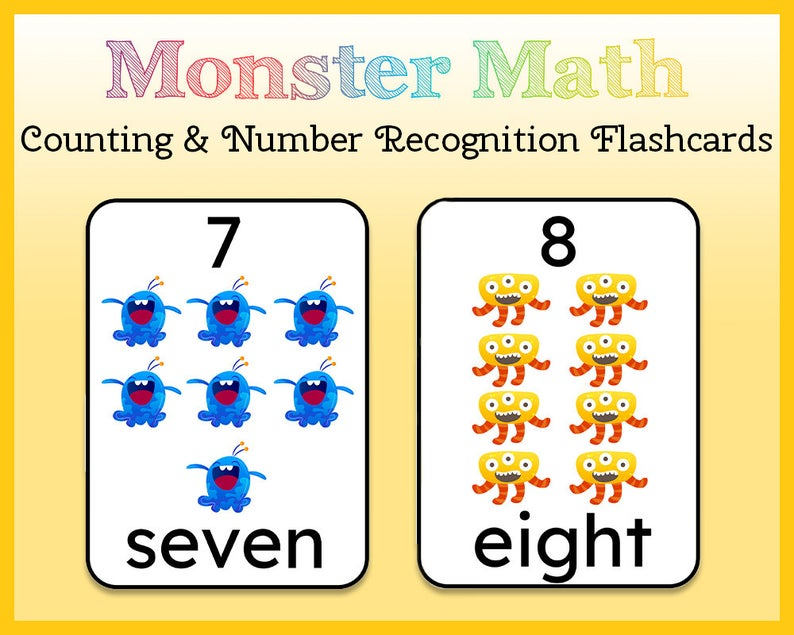 Count everything in a row - steps, steps, toys. When counting, the child needs to count a certain number of items, for example, bring 7 pencils or 2 sweets.
Count everything in a row - steps, steps, toys. When counting, the child needs to count a certain number of items, for example, bring 7 pencils or 2 sweets.
"Forbidden number". An adult calls the number up to 10, the child shows it on his fingers. Before that, a number is selected that is forbidden to be shown. When an adult calls this number, the child simply clap his hands. The game consolidates the understanding of the relationship between the name of the number and the quantity that it denotes.
Countdown
After your child has learned counting up to 20, you can start learning backward counting up to 20. Do this in stages - first from 5, then from 10, and only then from 20. To practice skills countdown do exercises:
"How much is left." Going down the stairs, count together with the child how many steps are left, seeing the approaching bus, count the seconds before the doors open, count the seconds before the green traffic light.